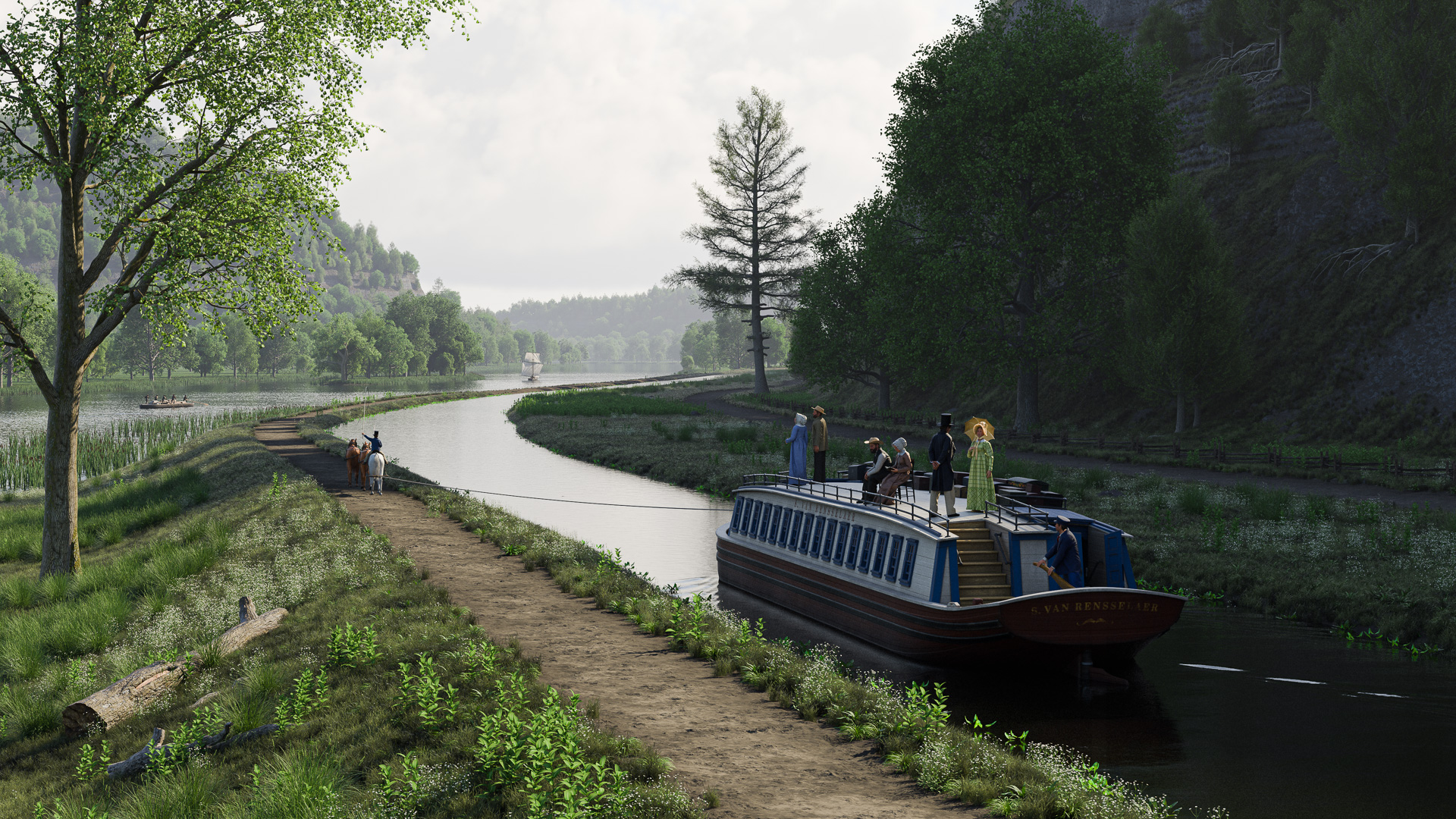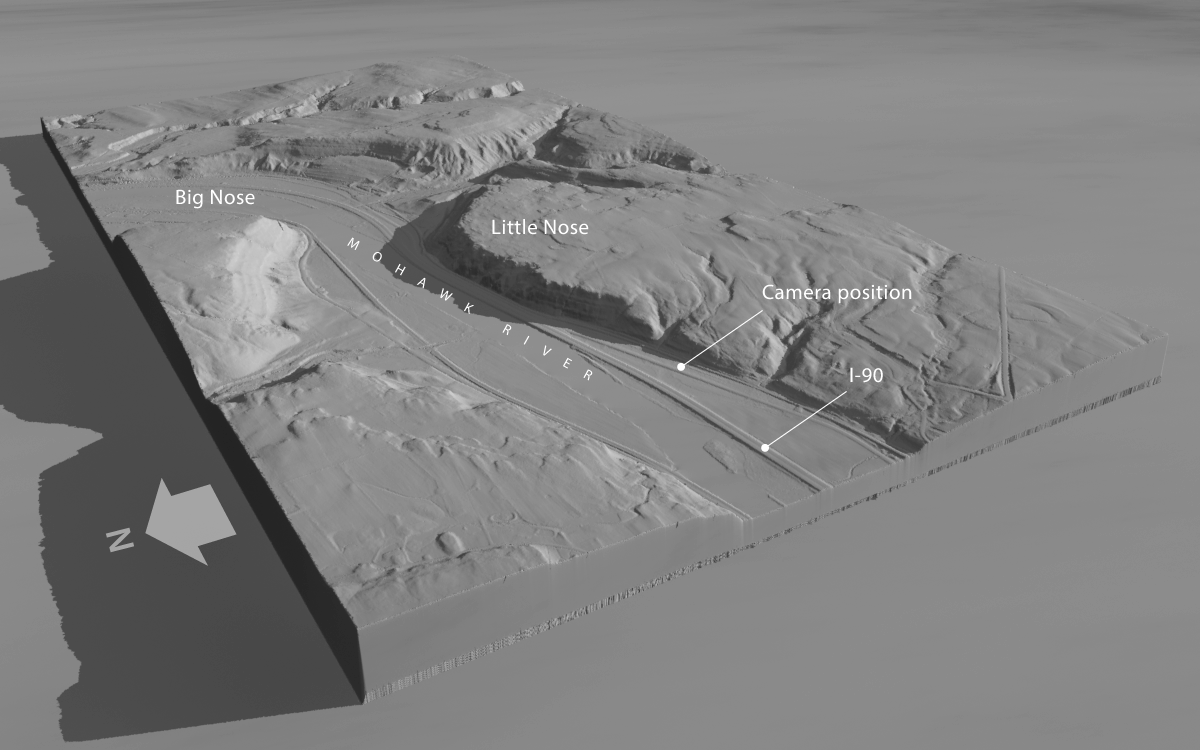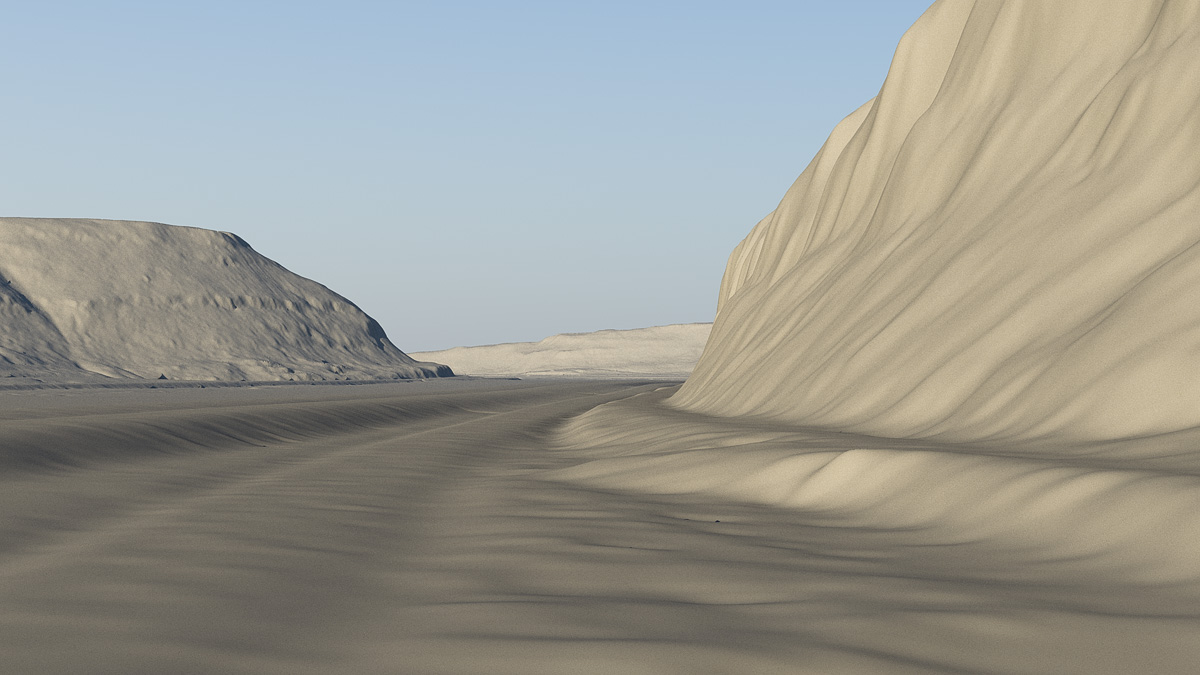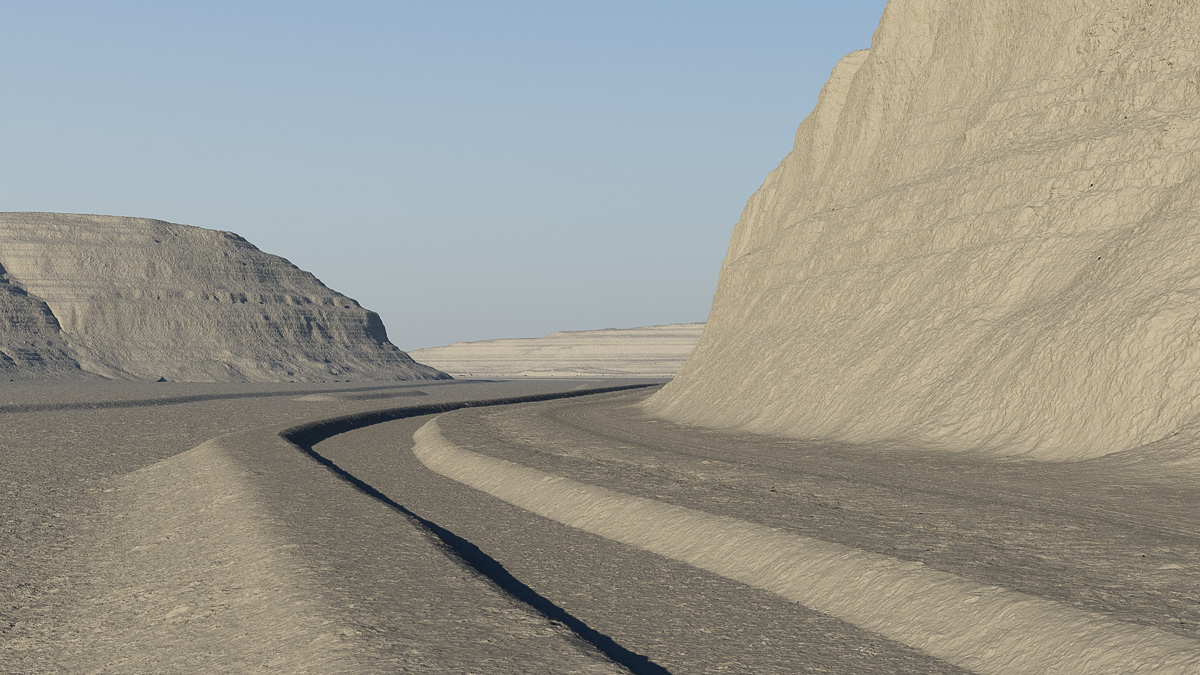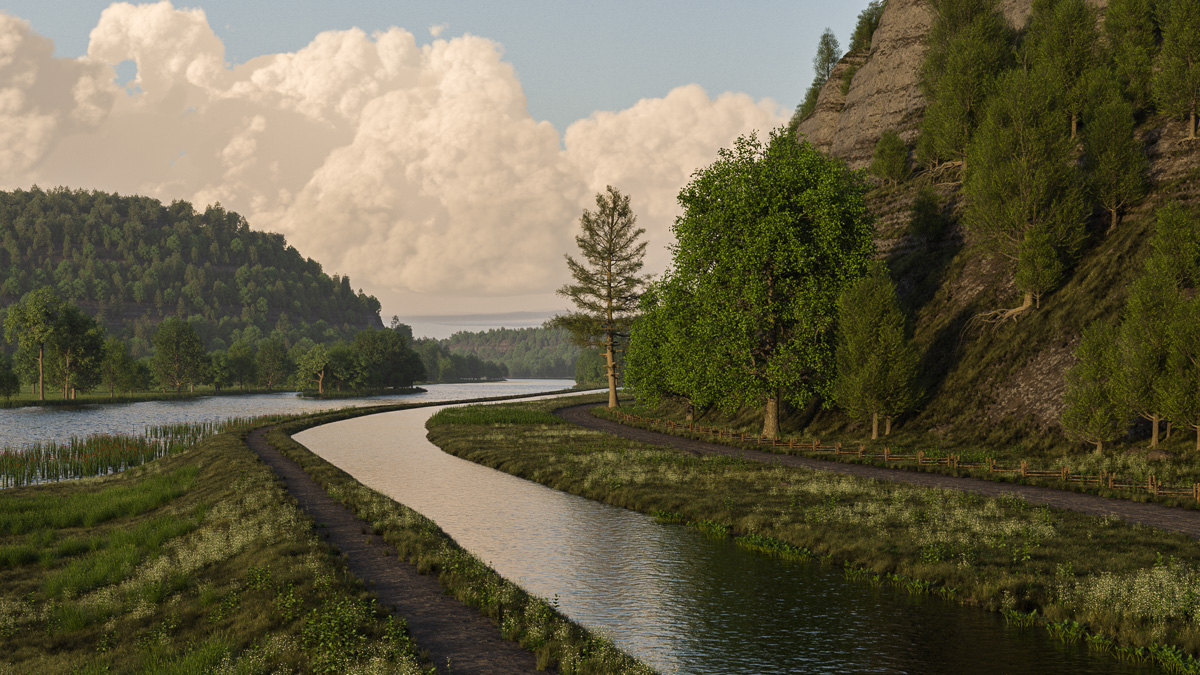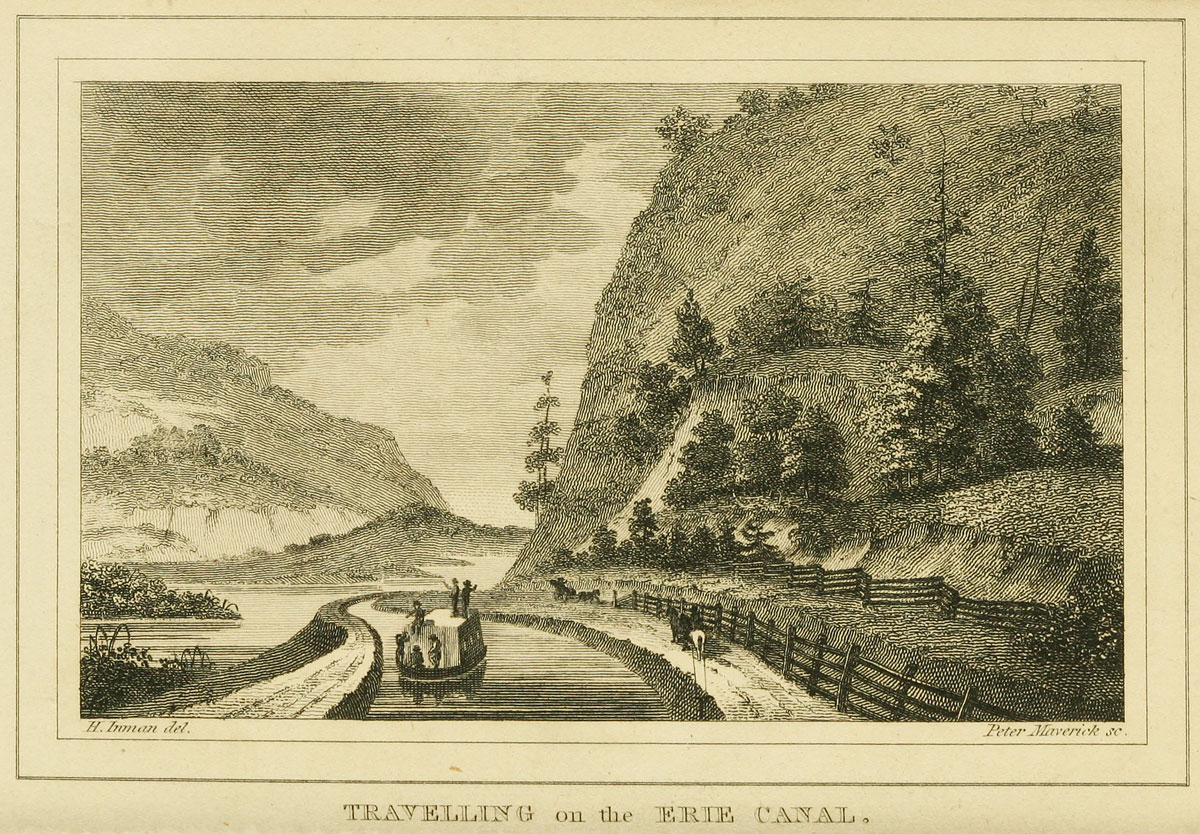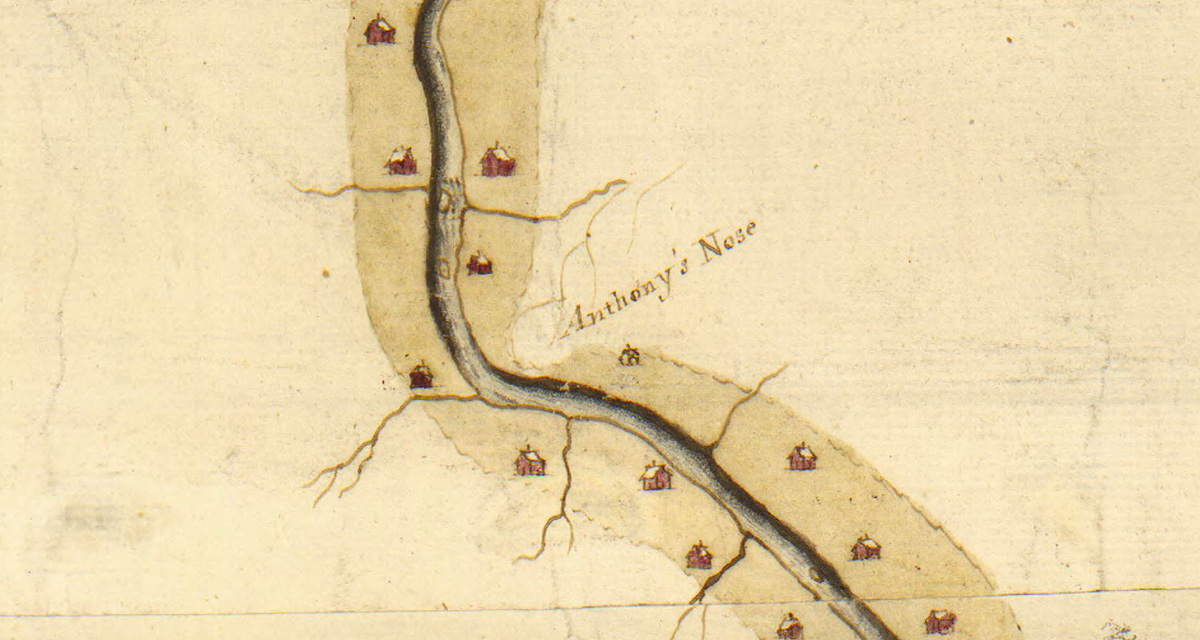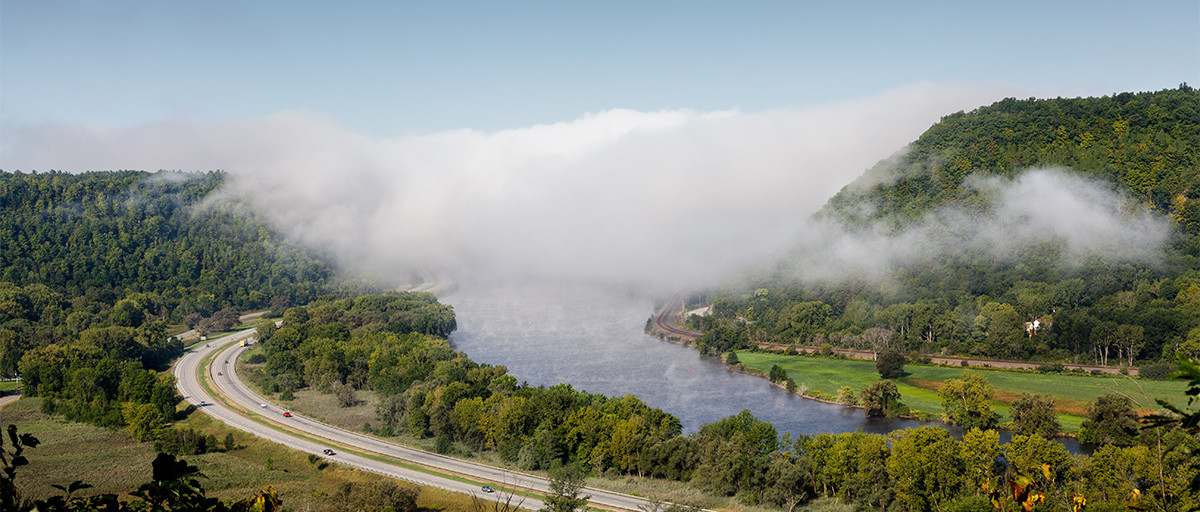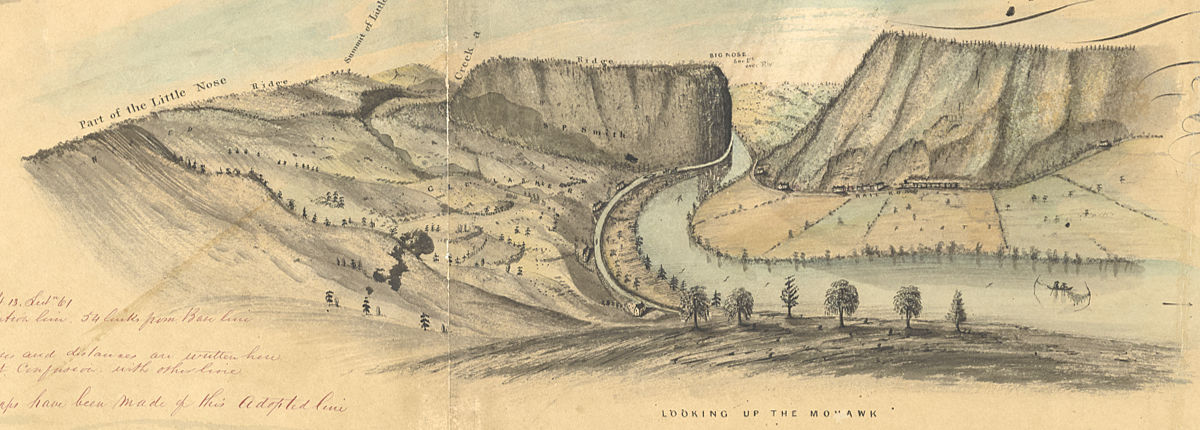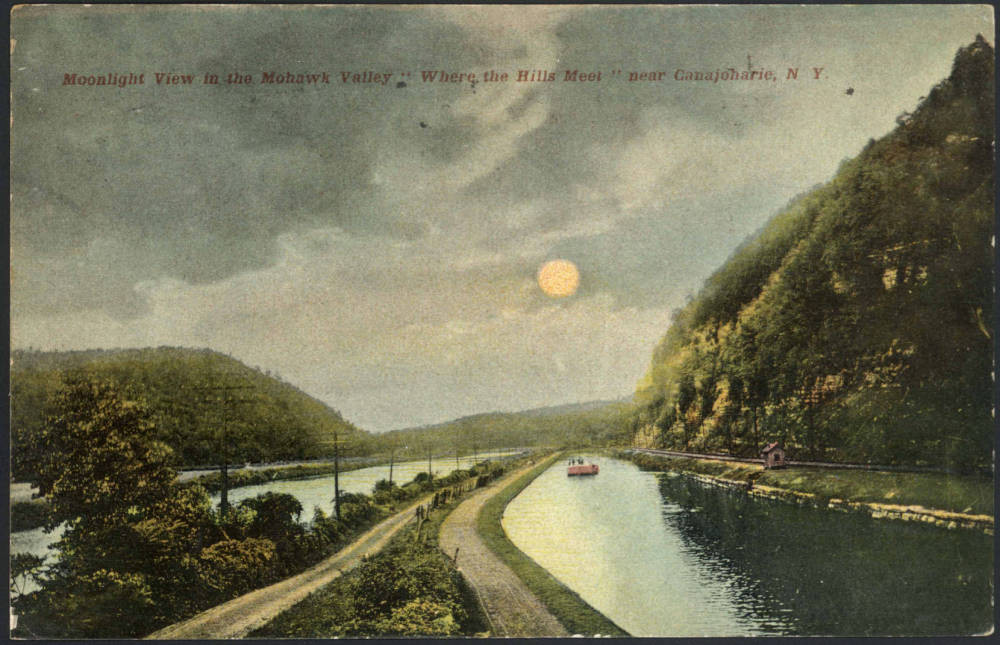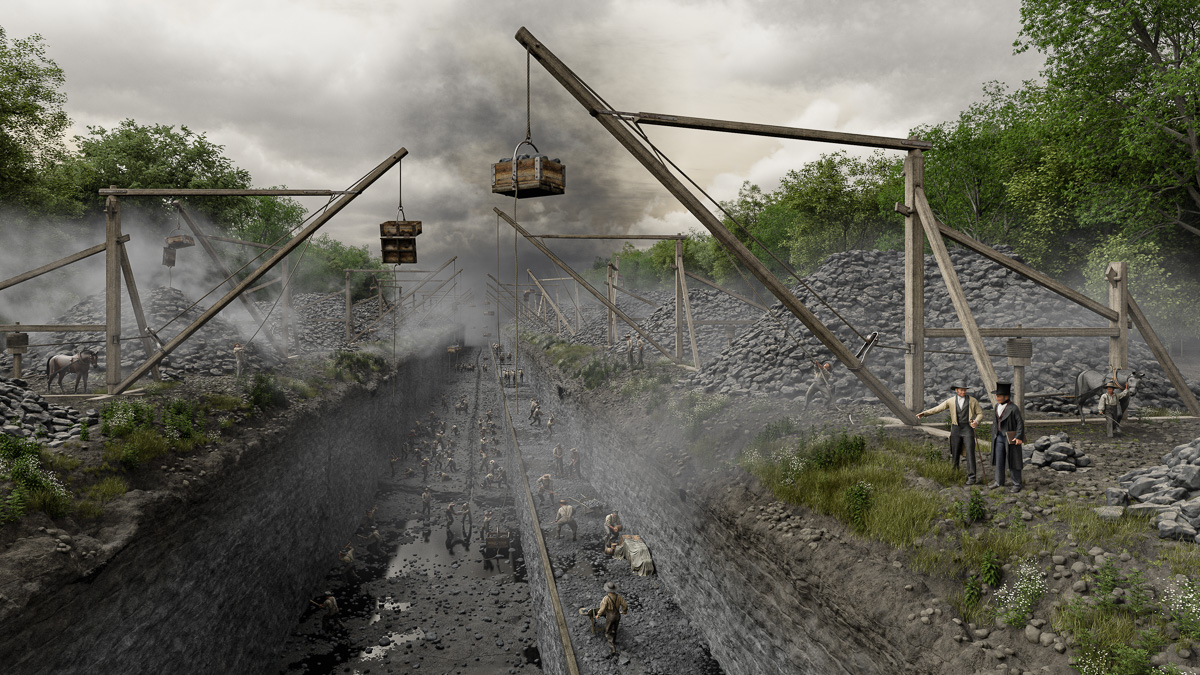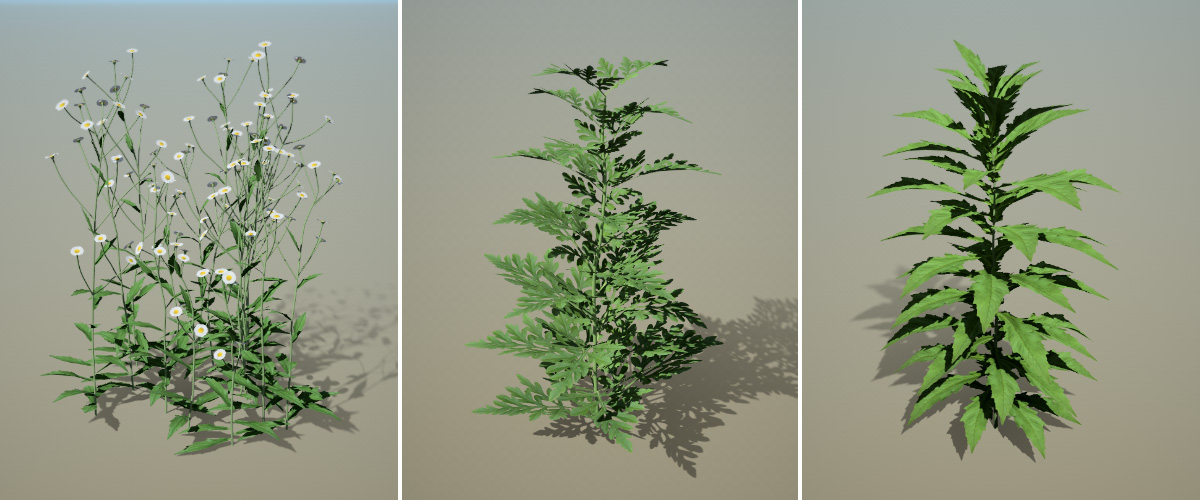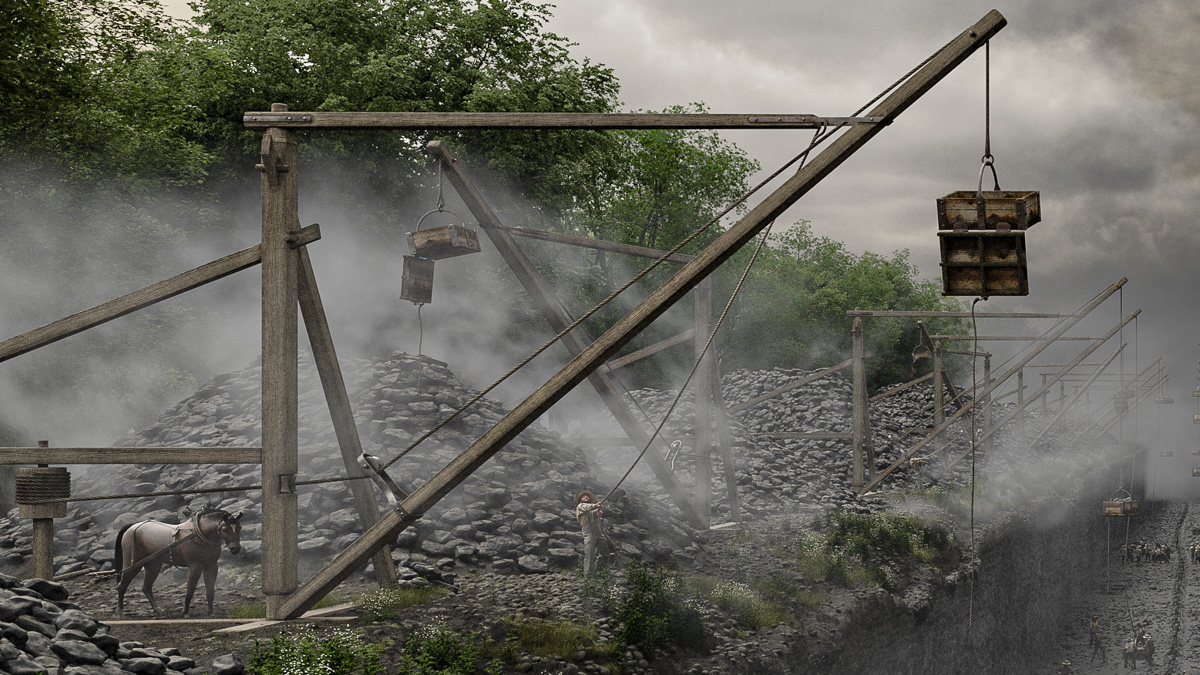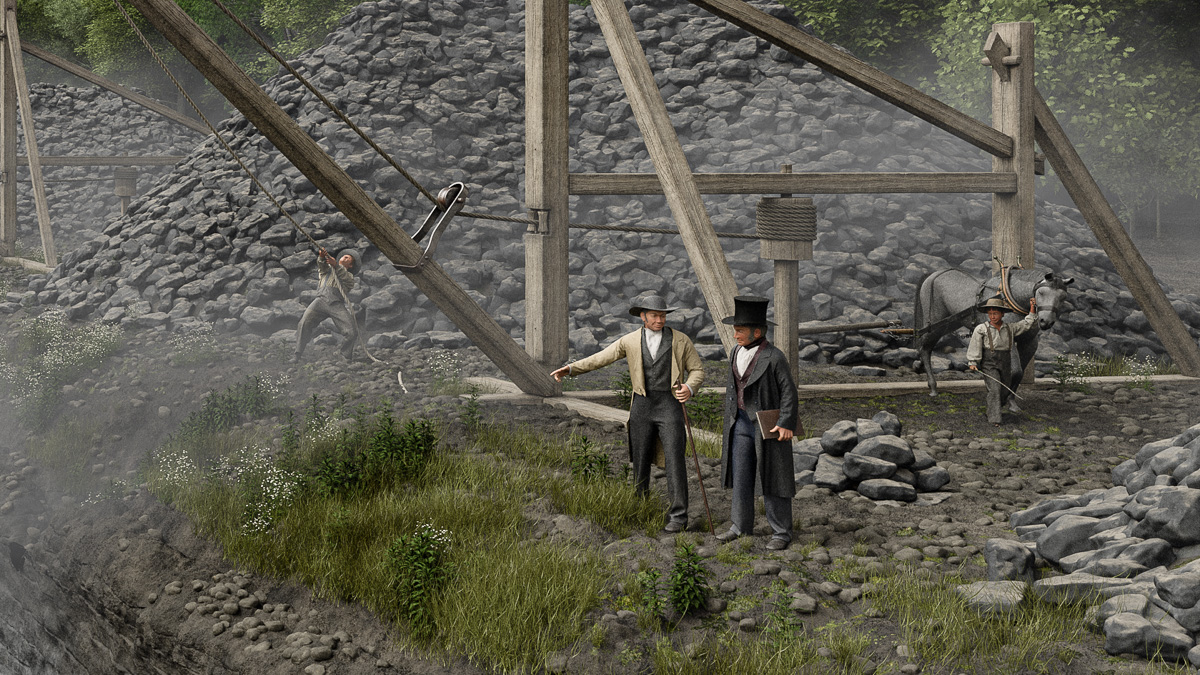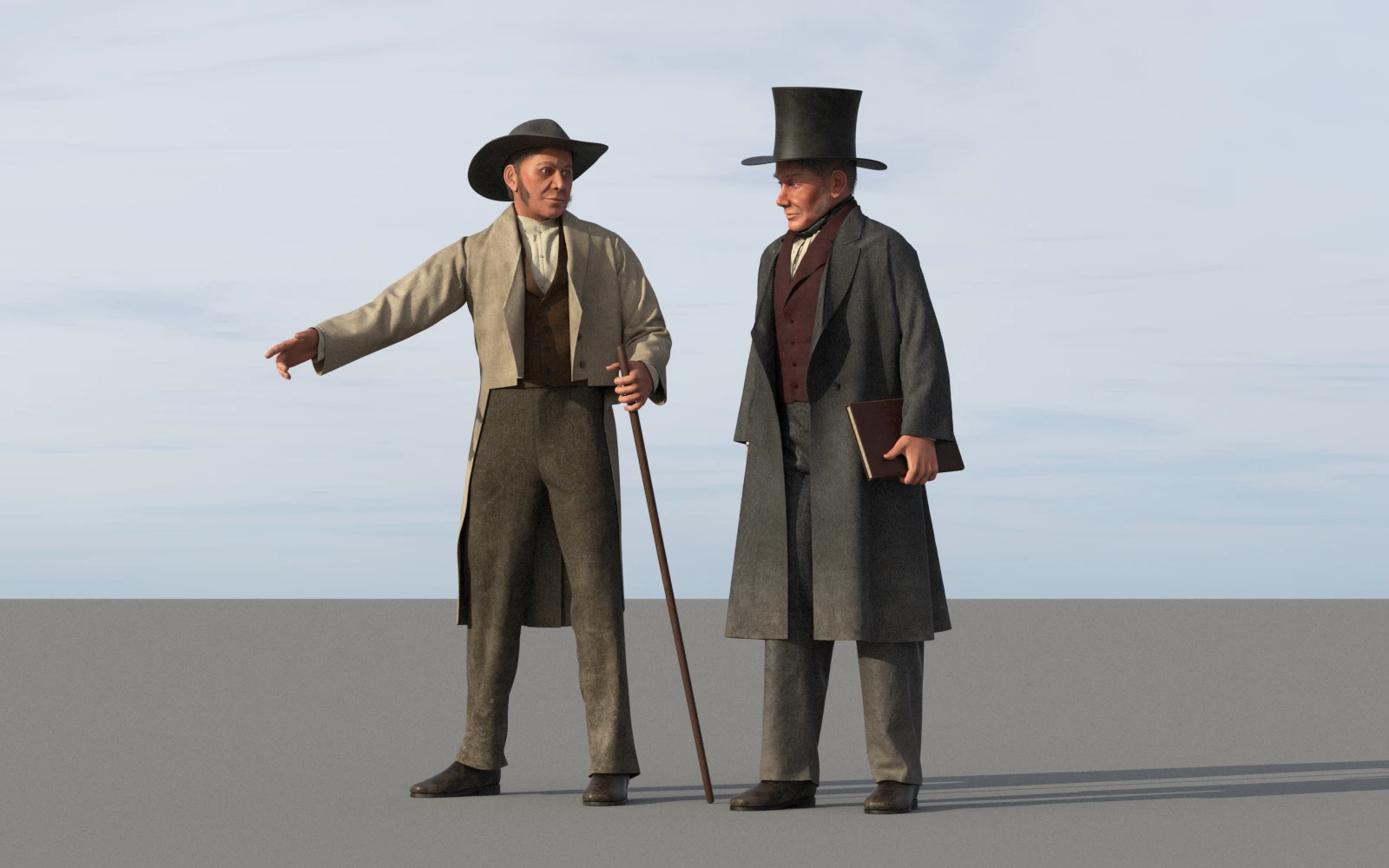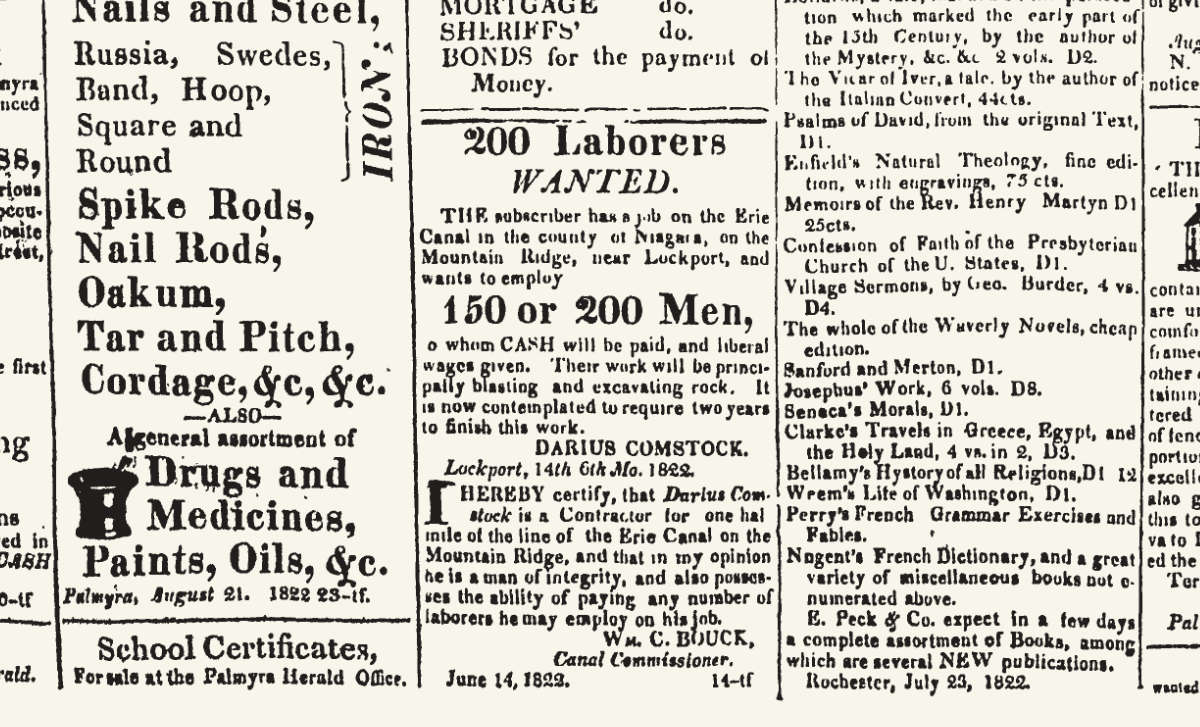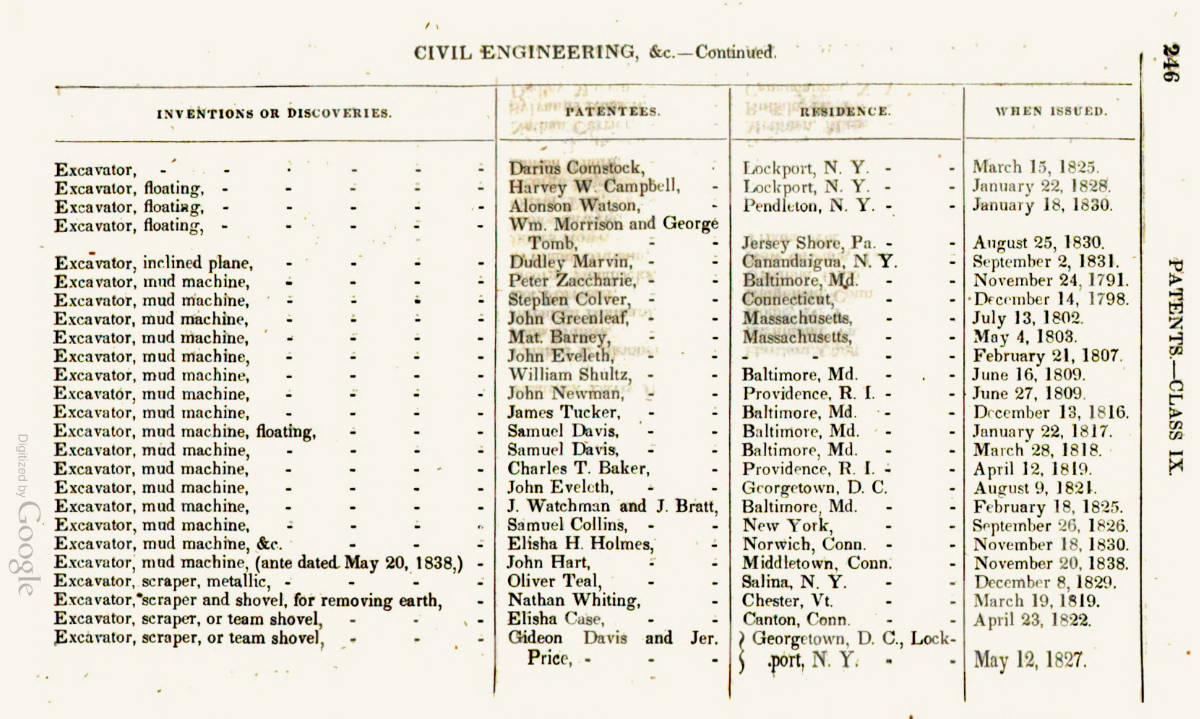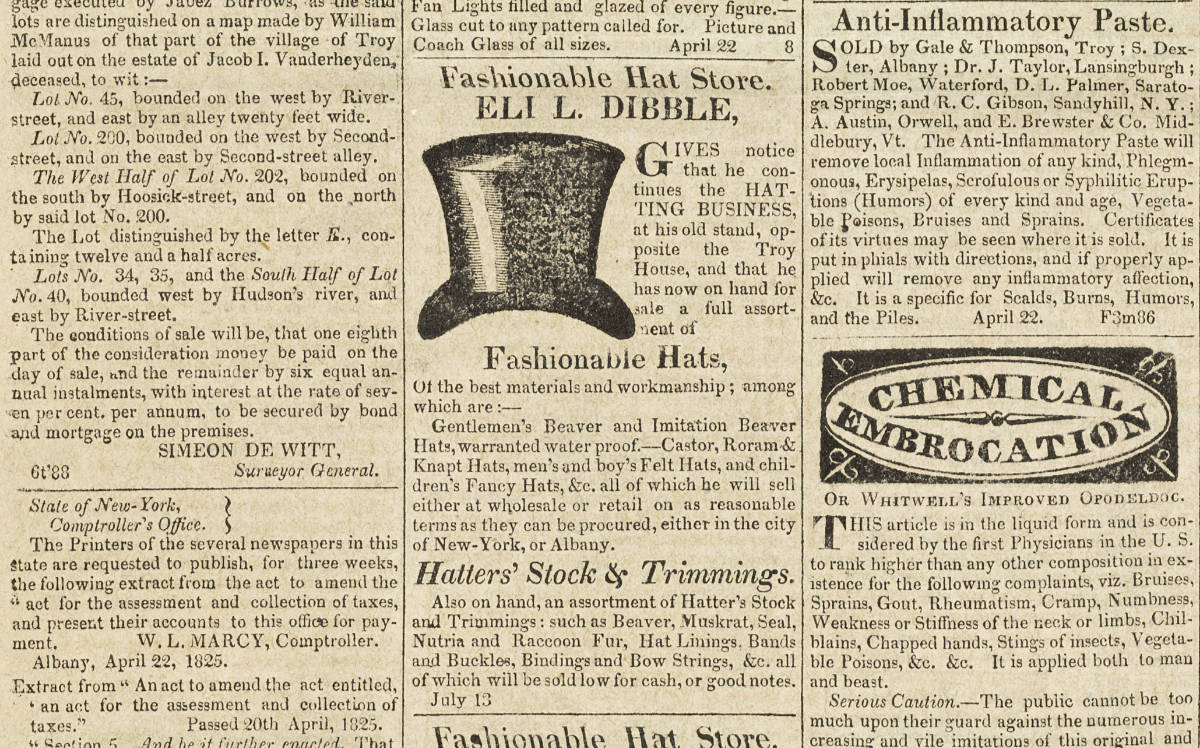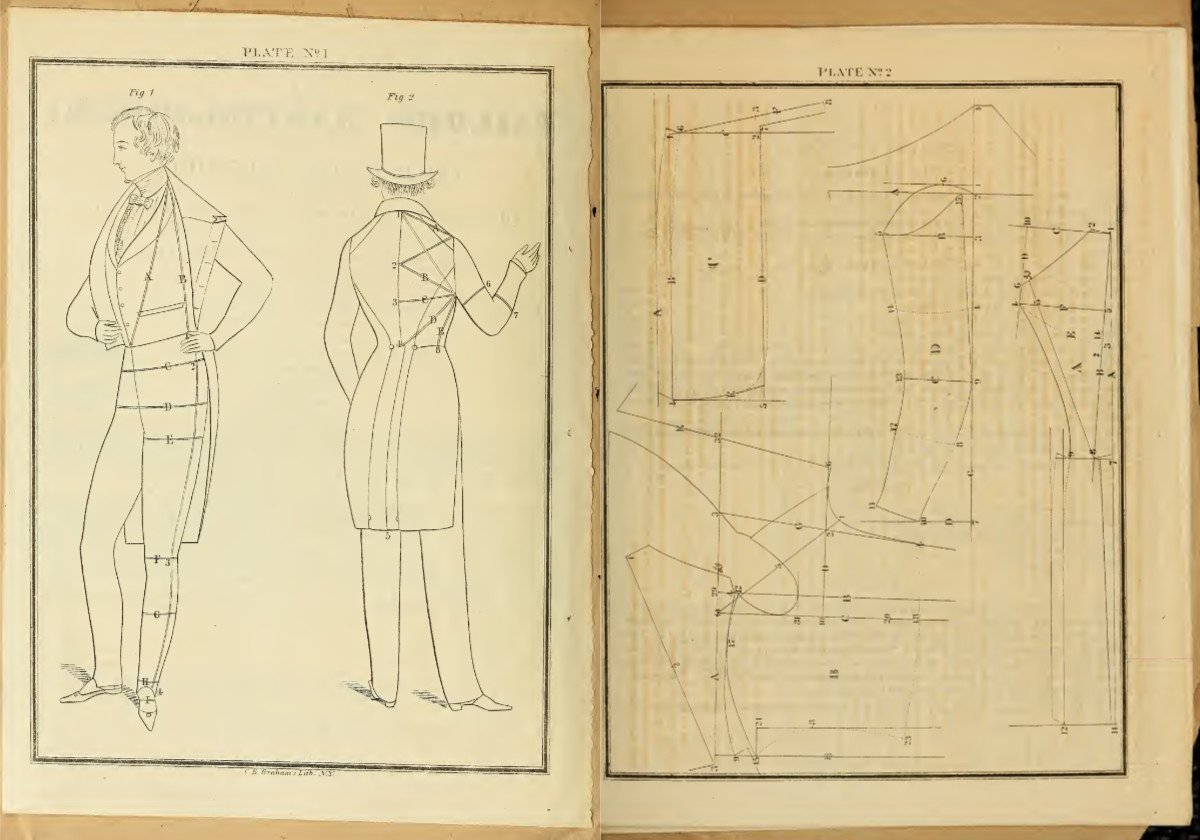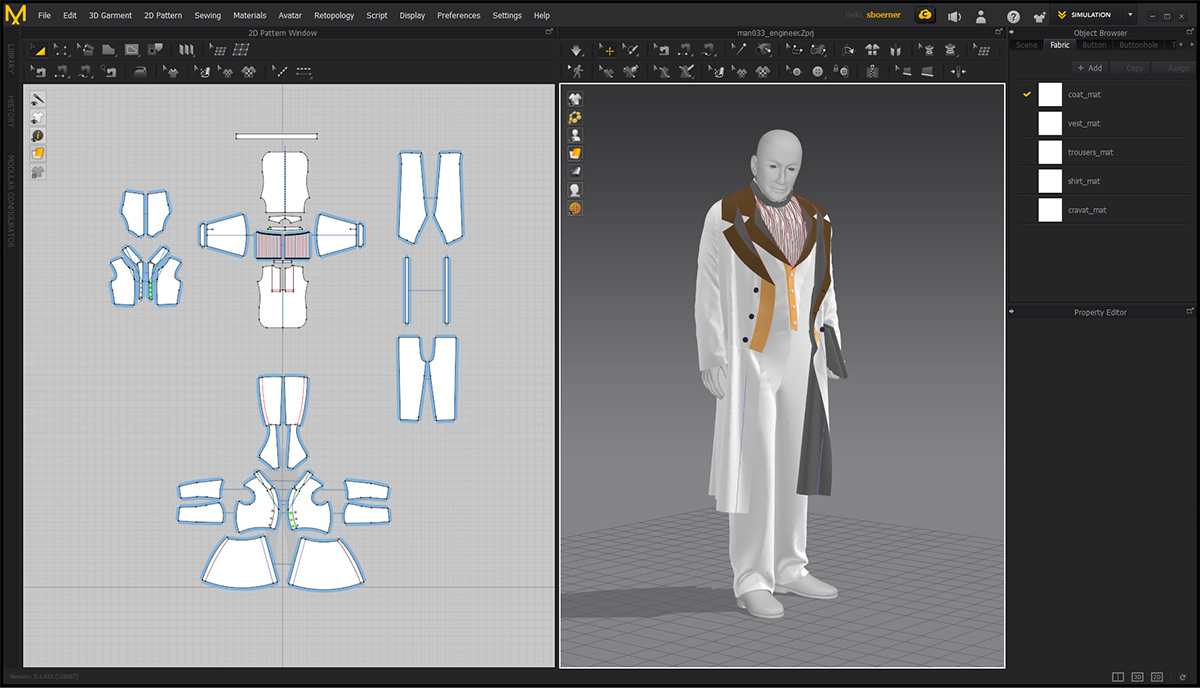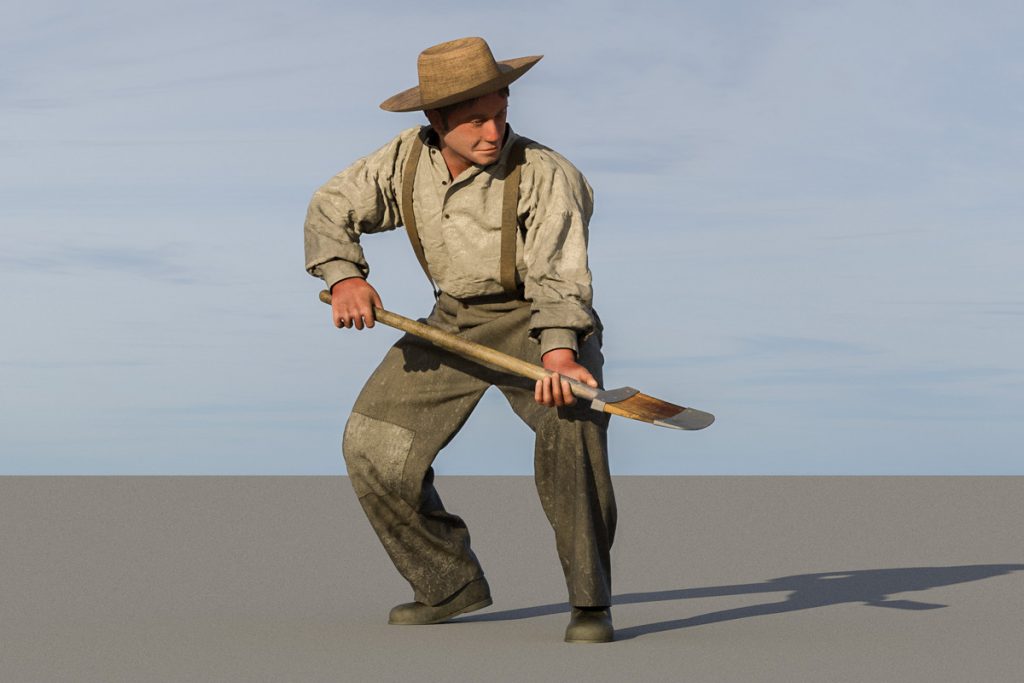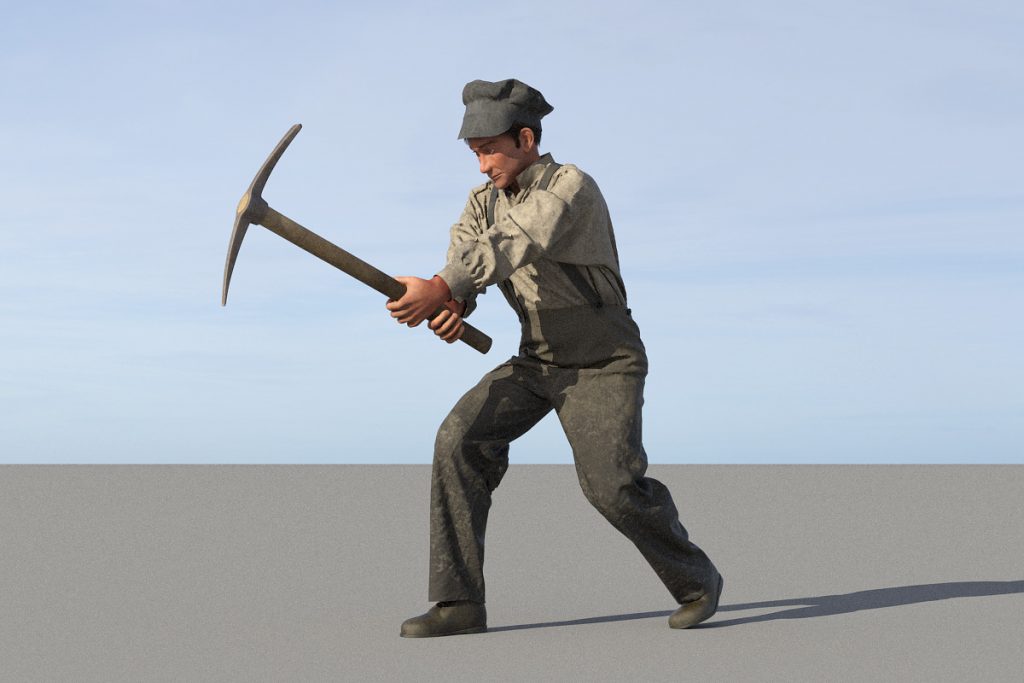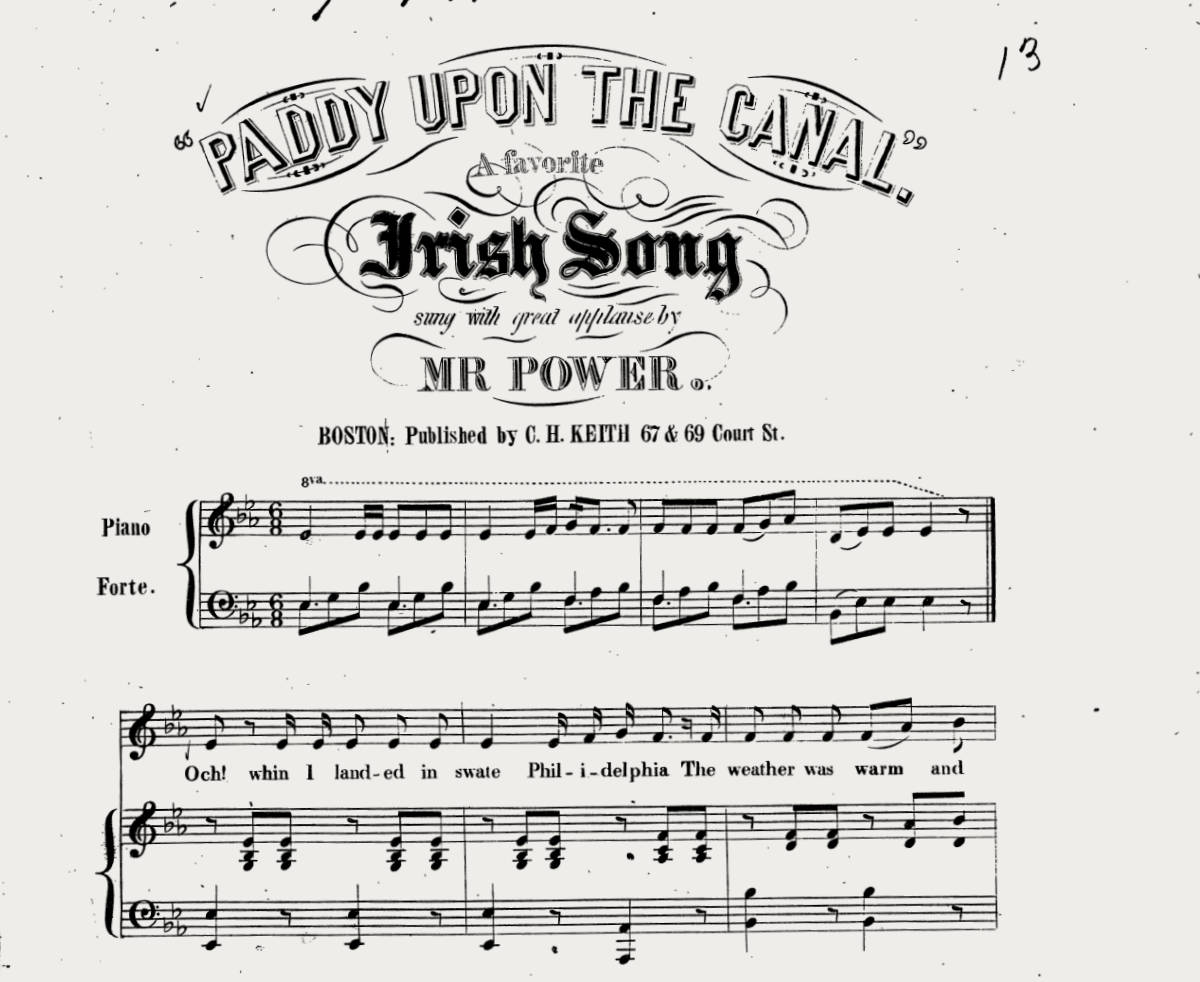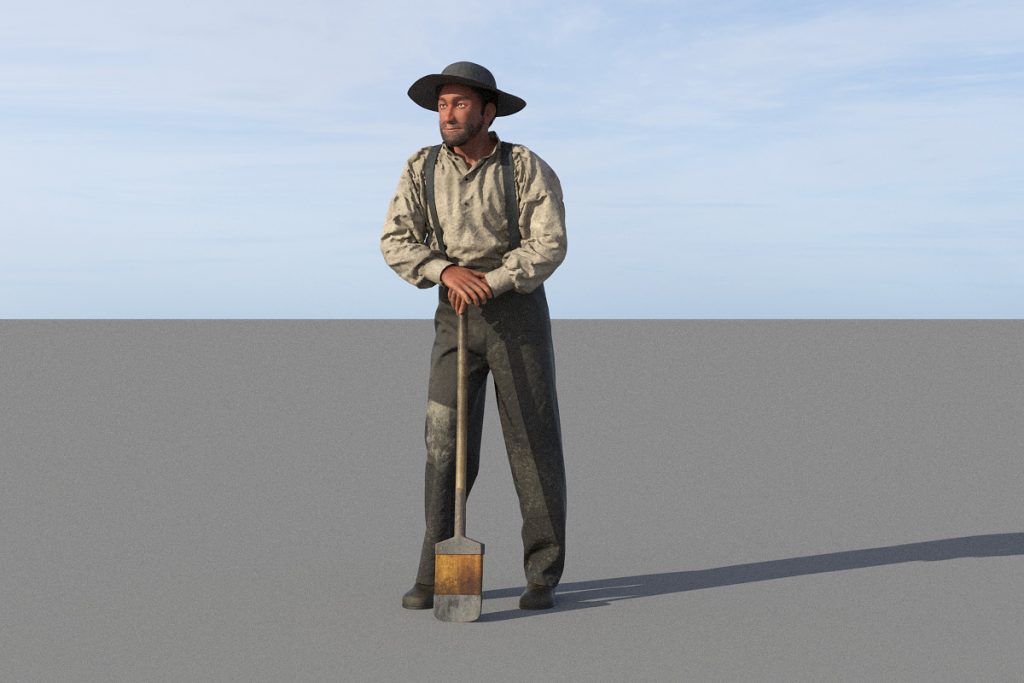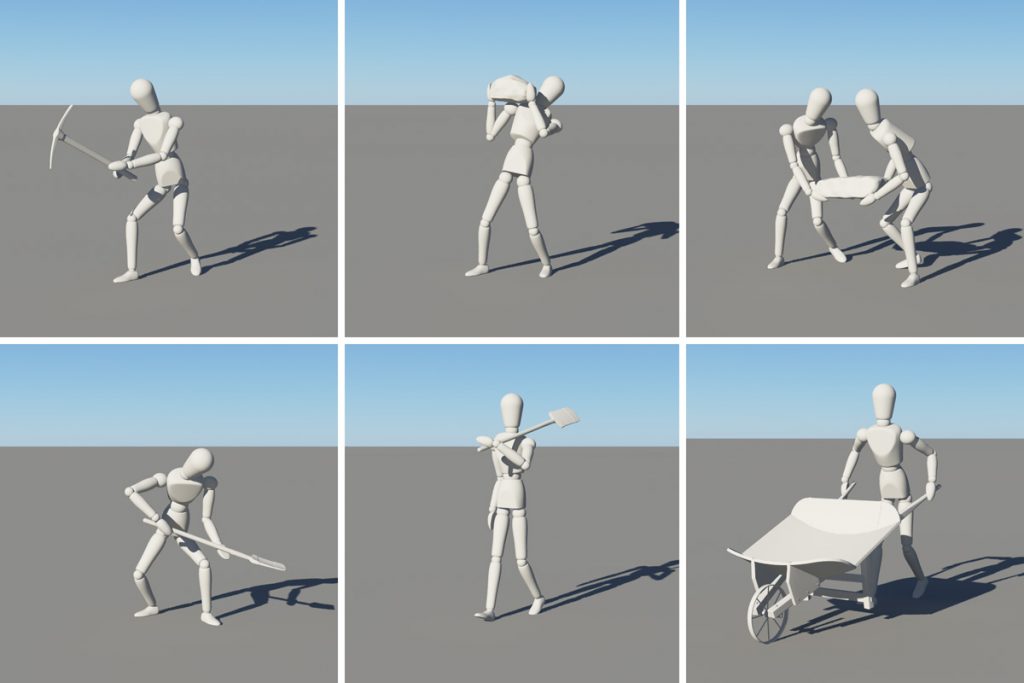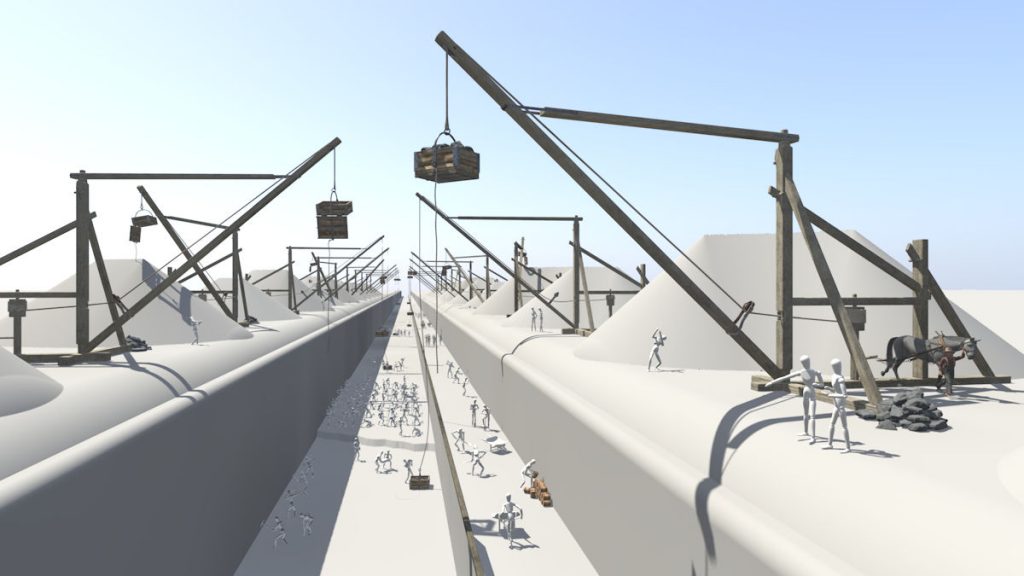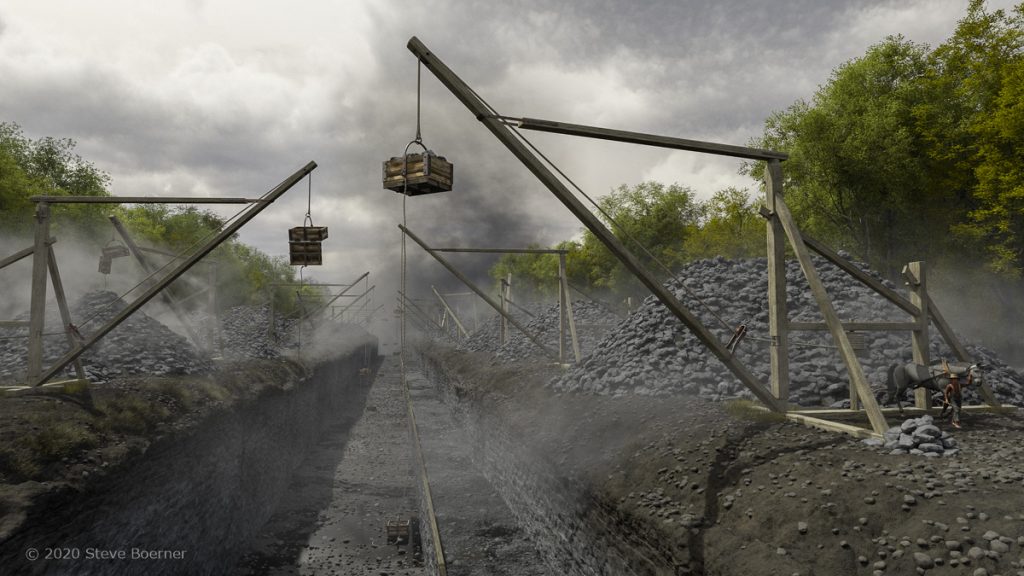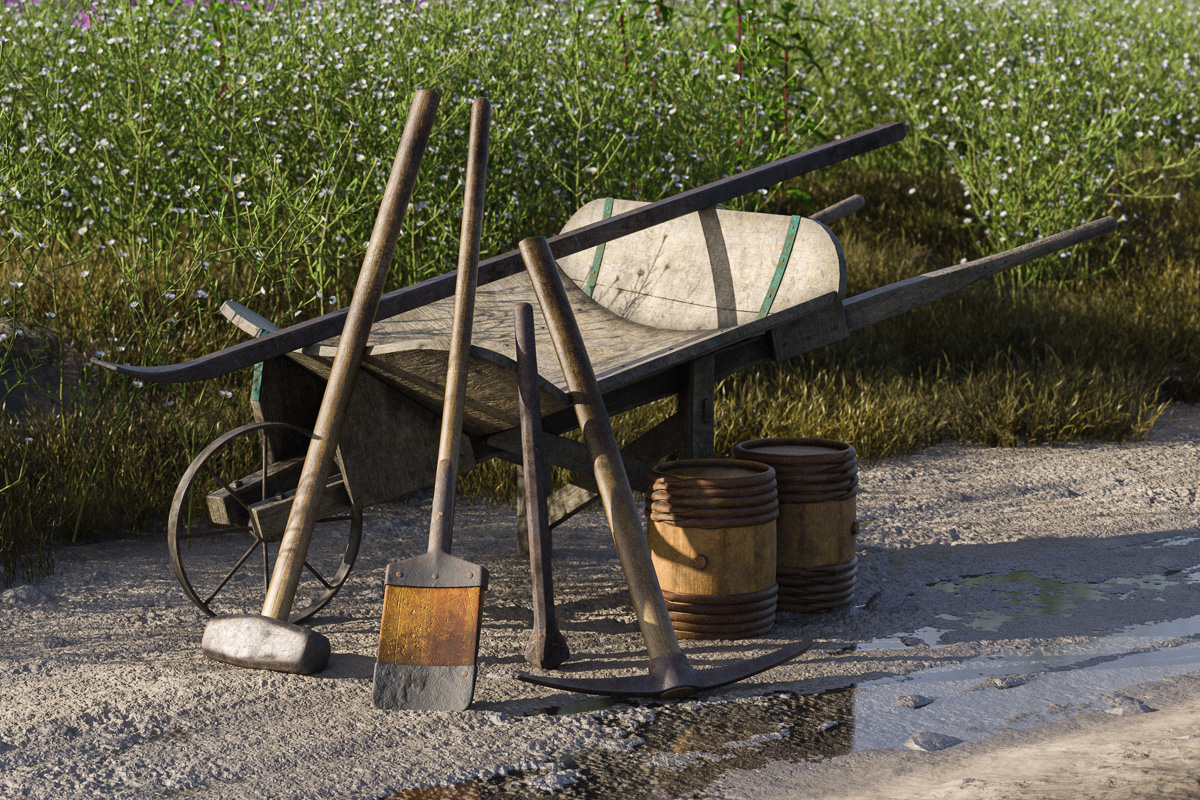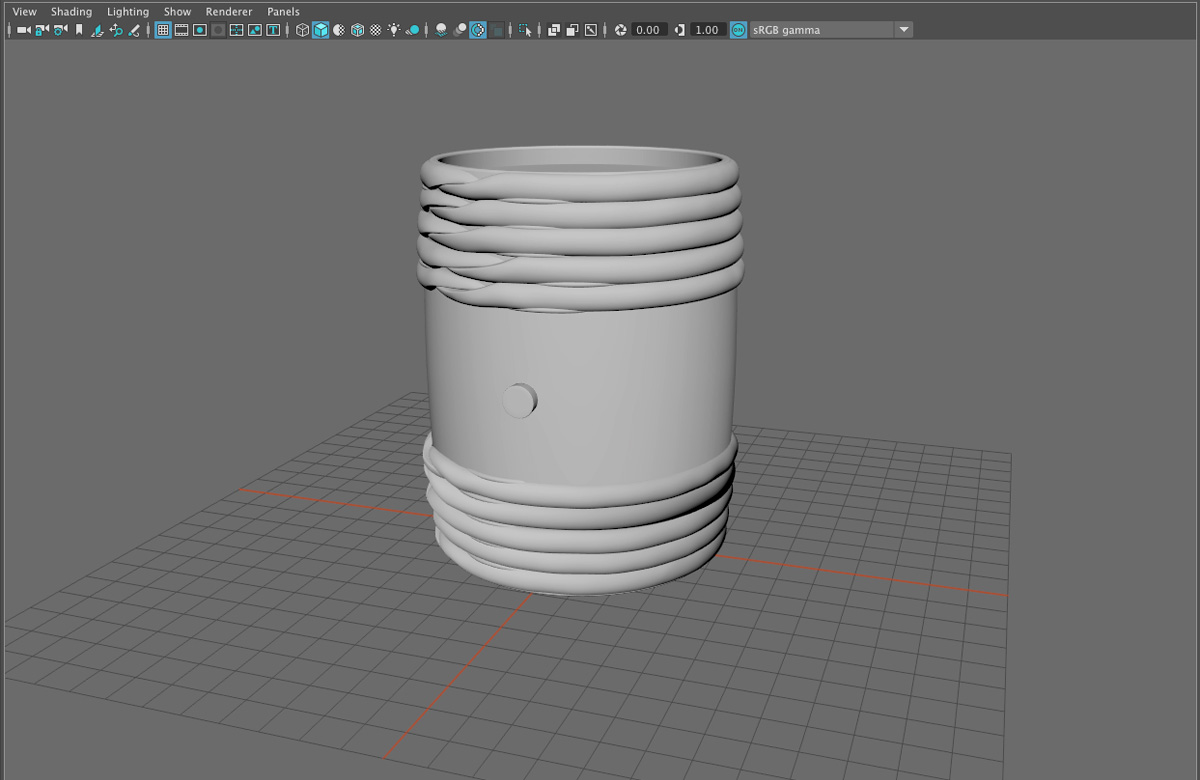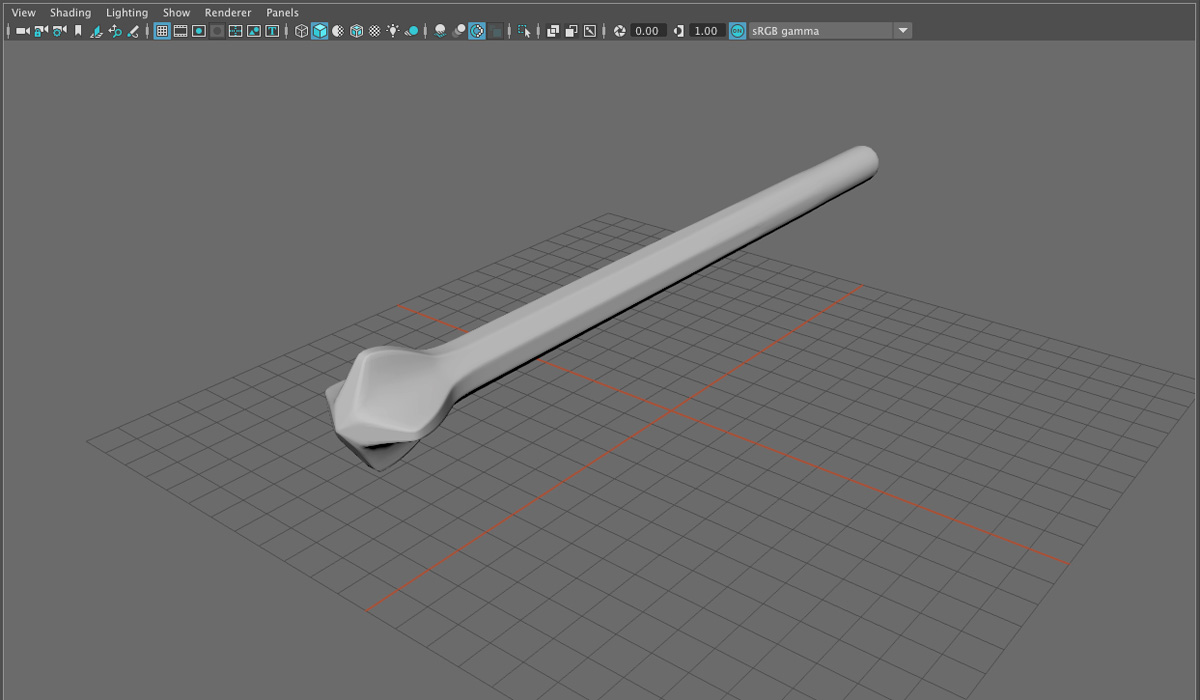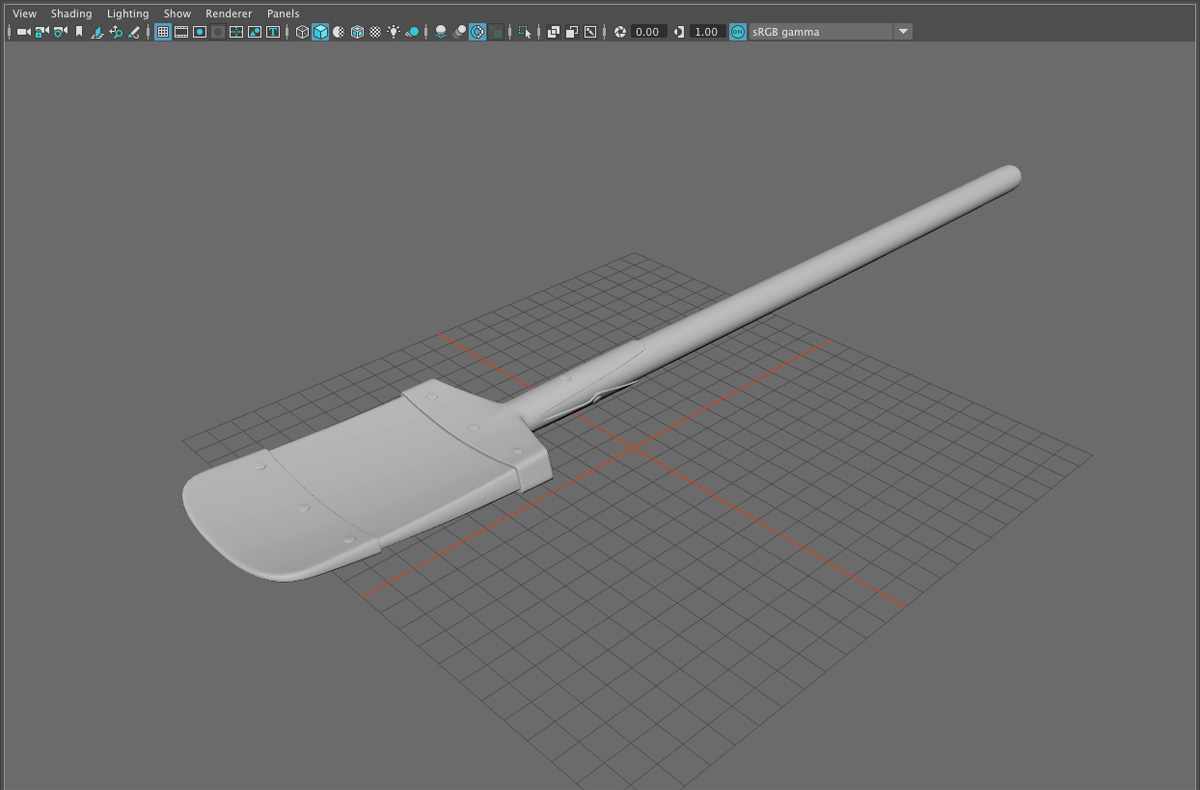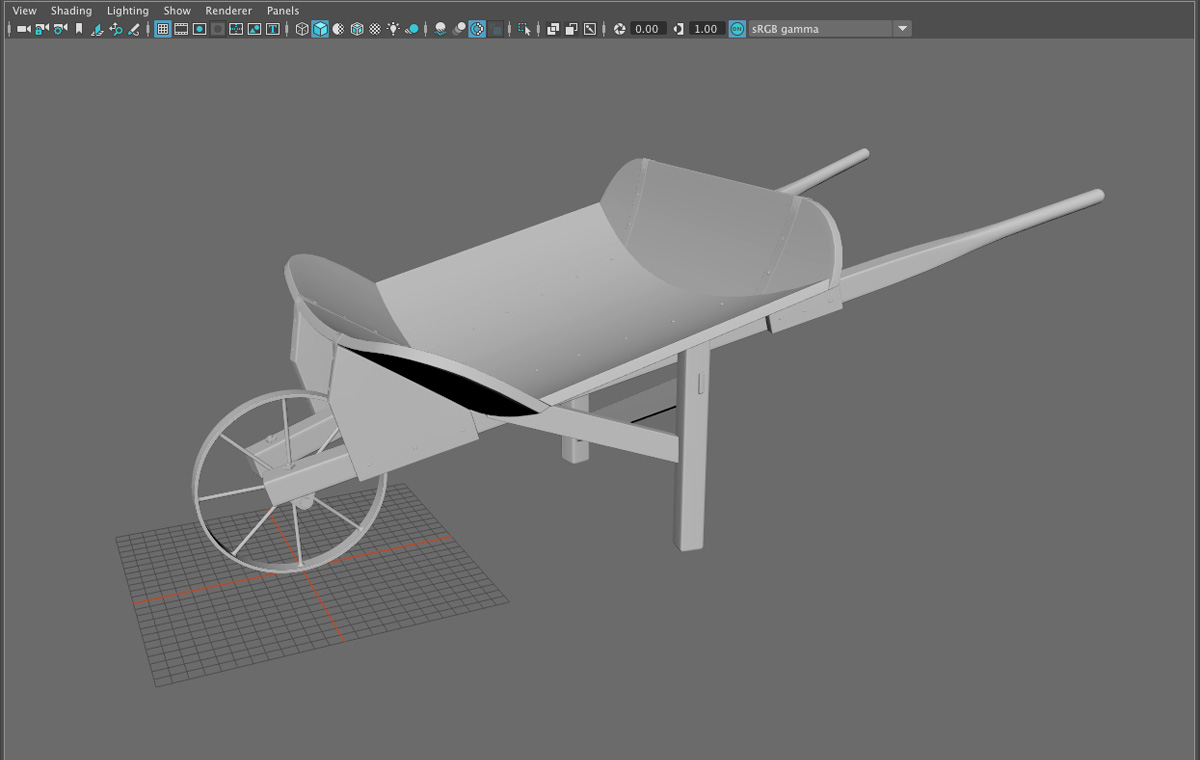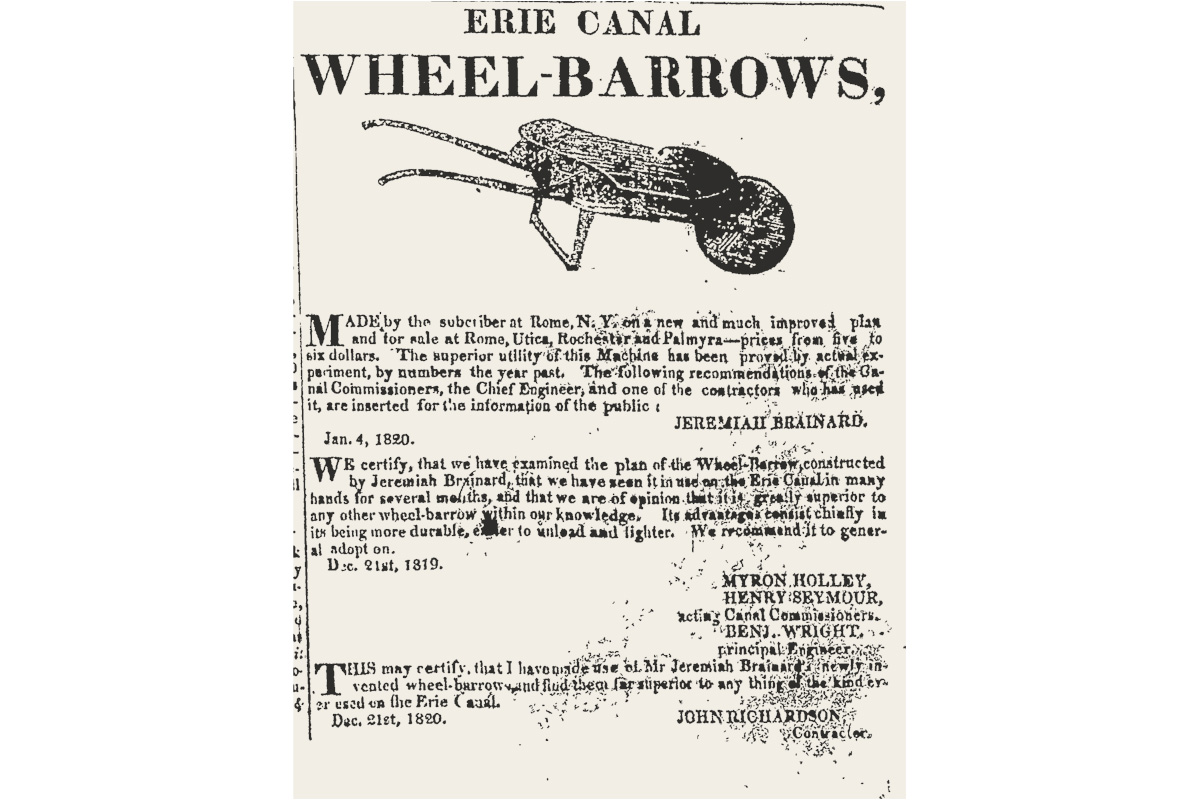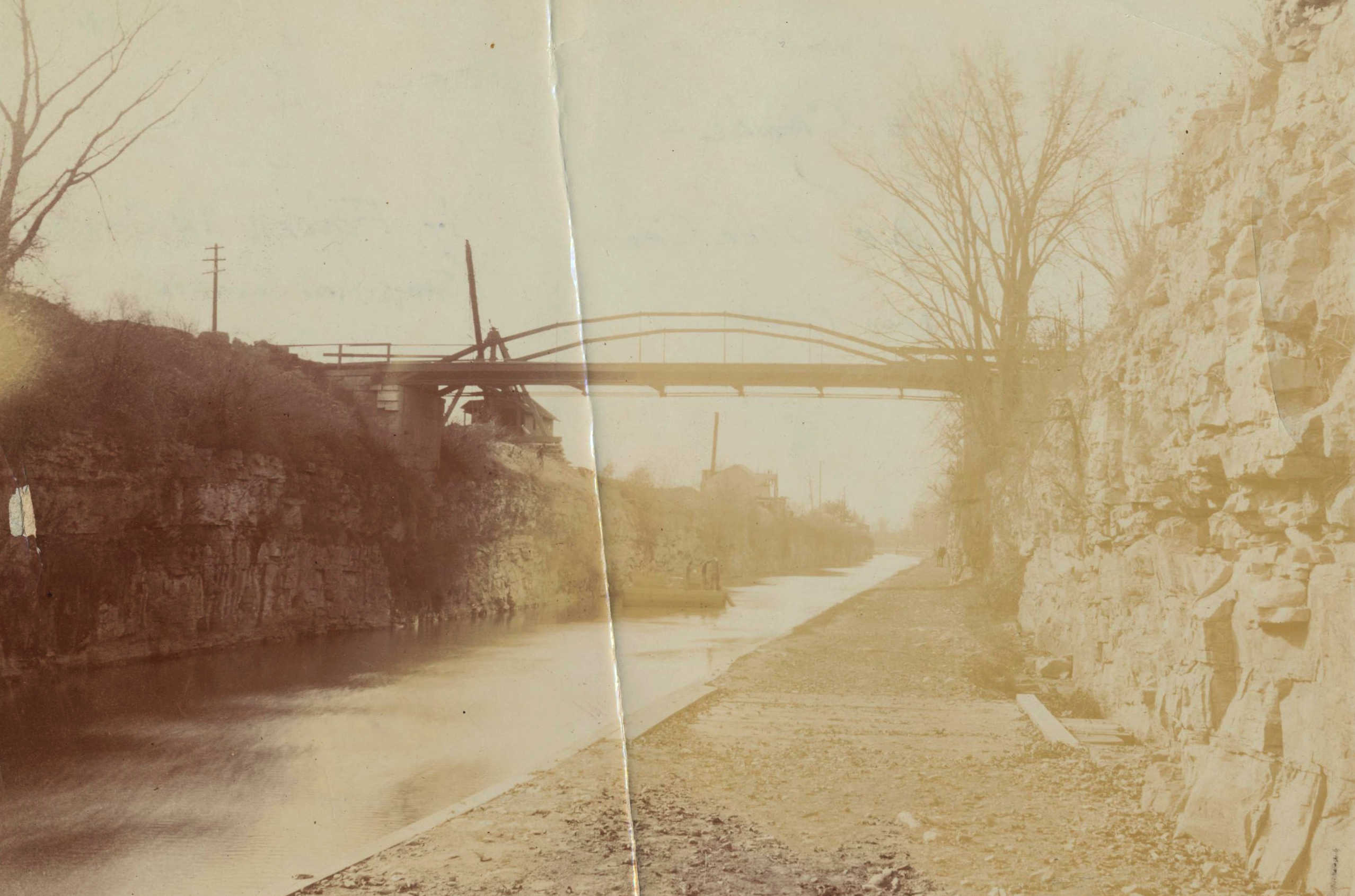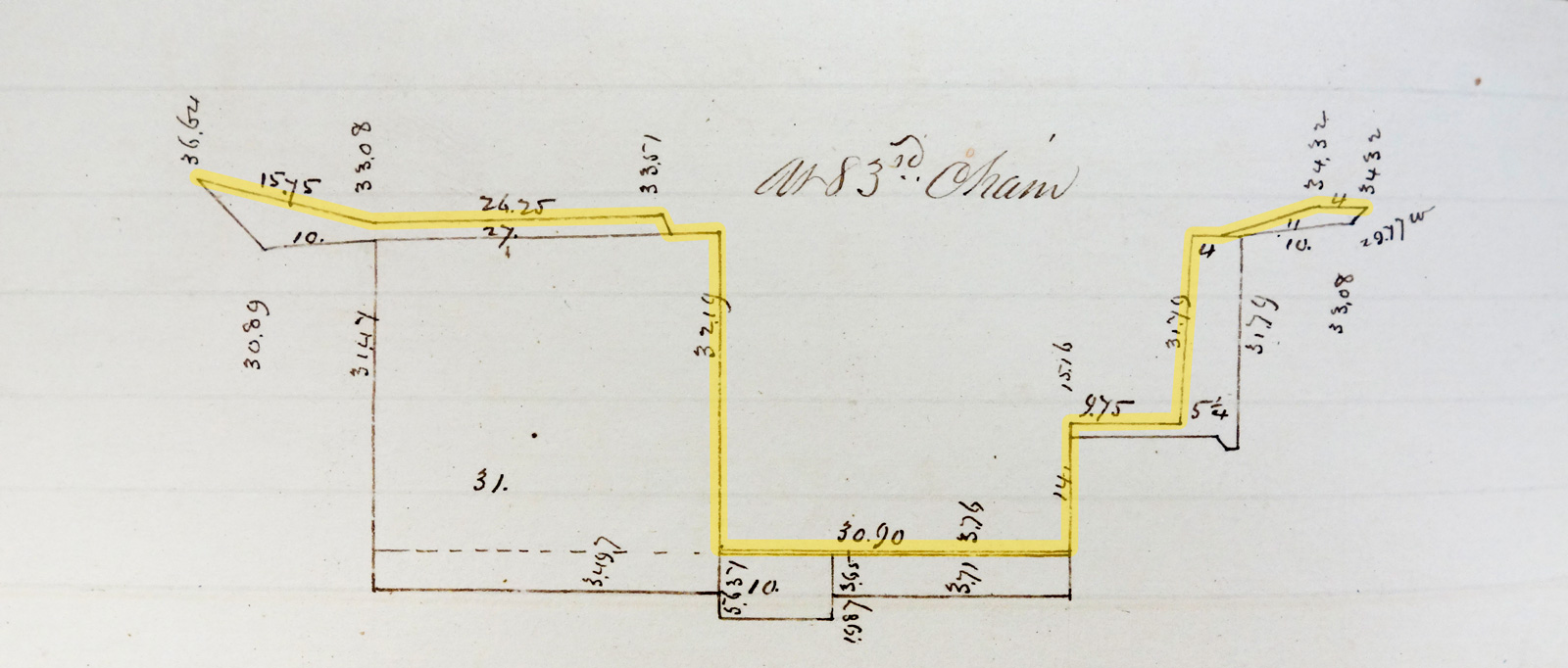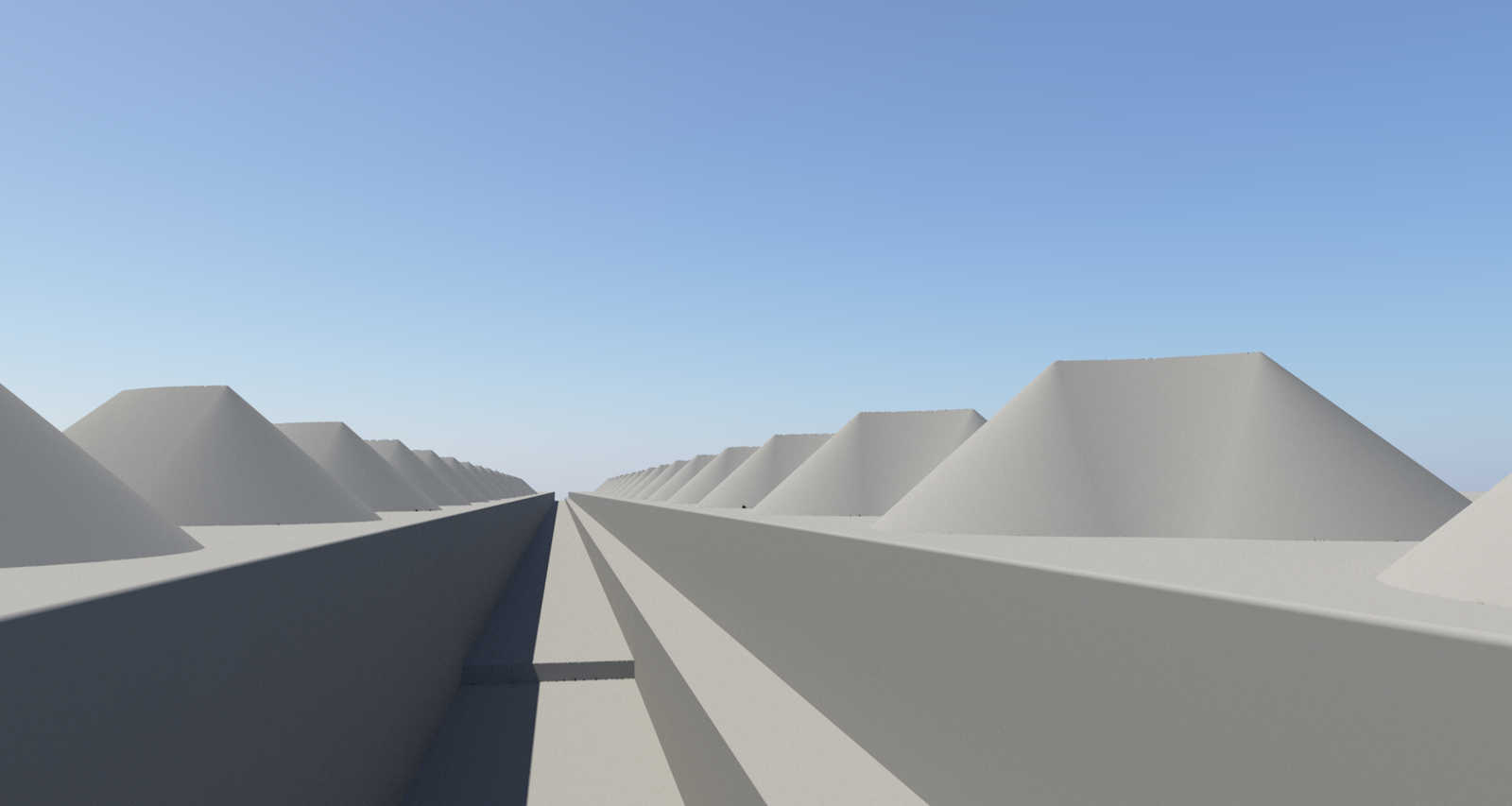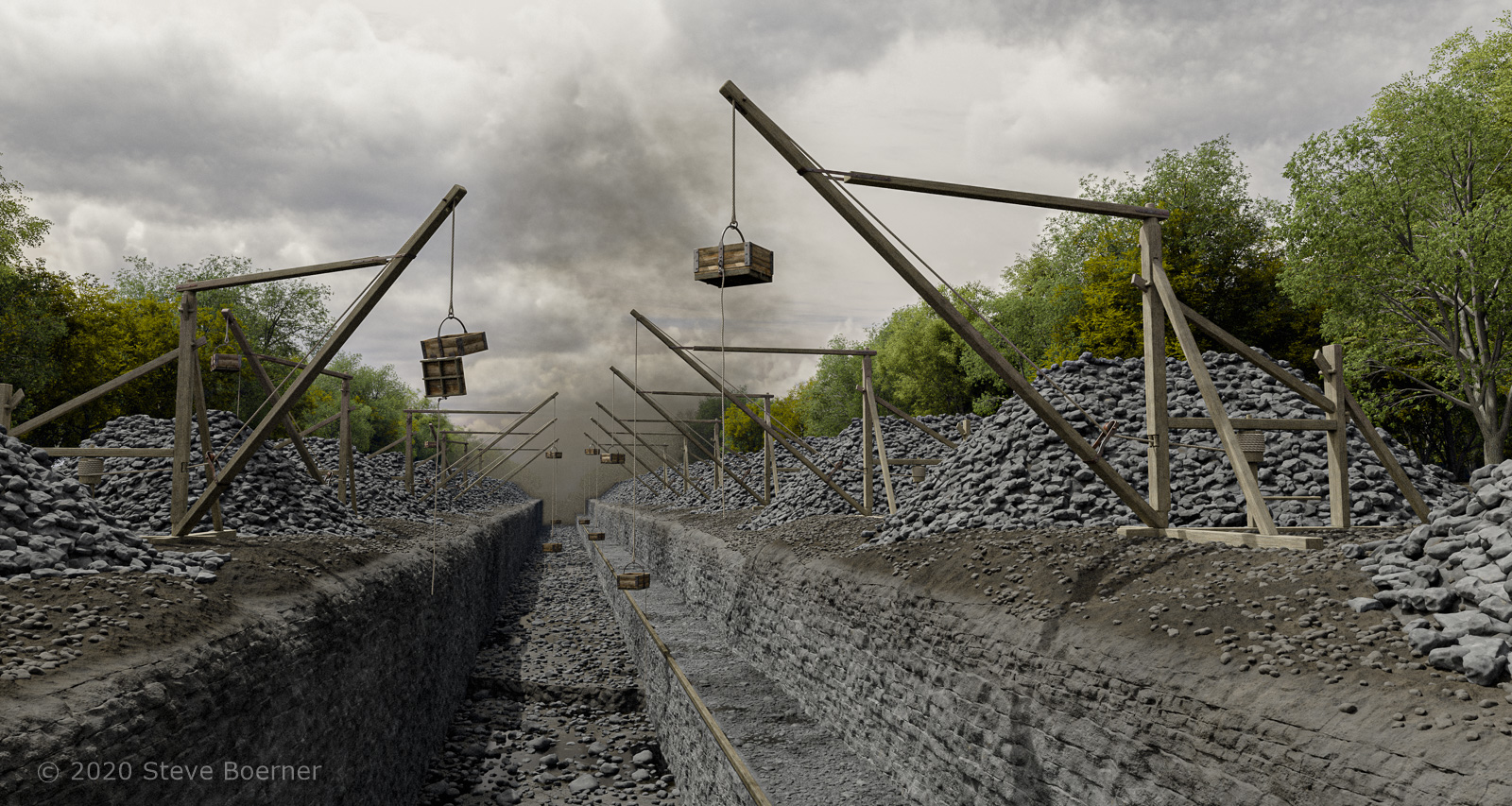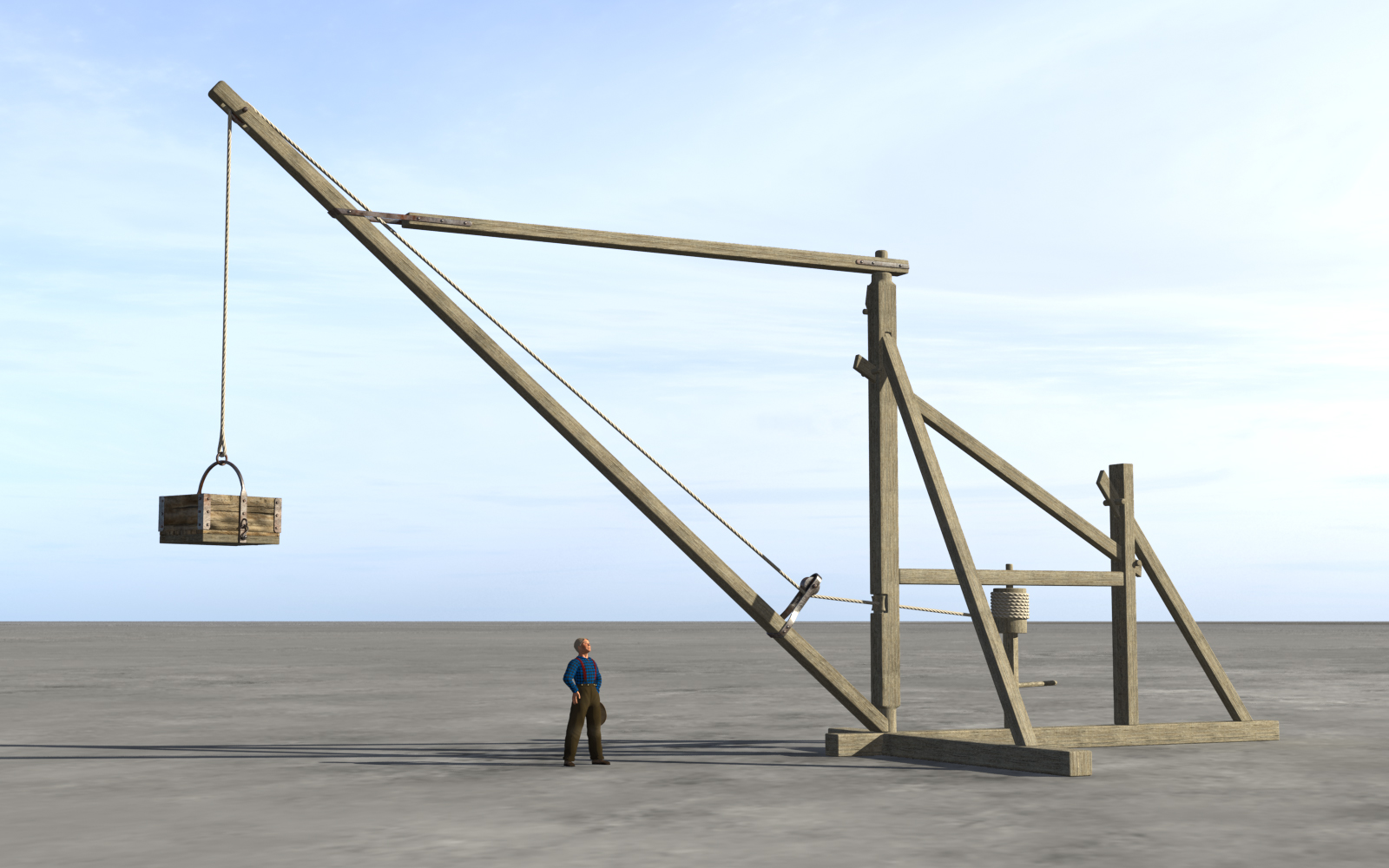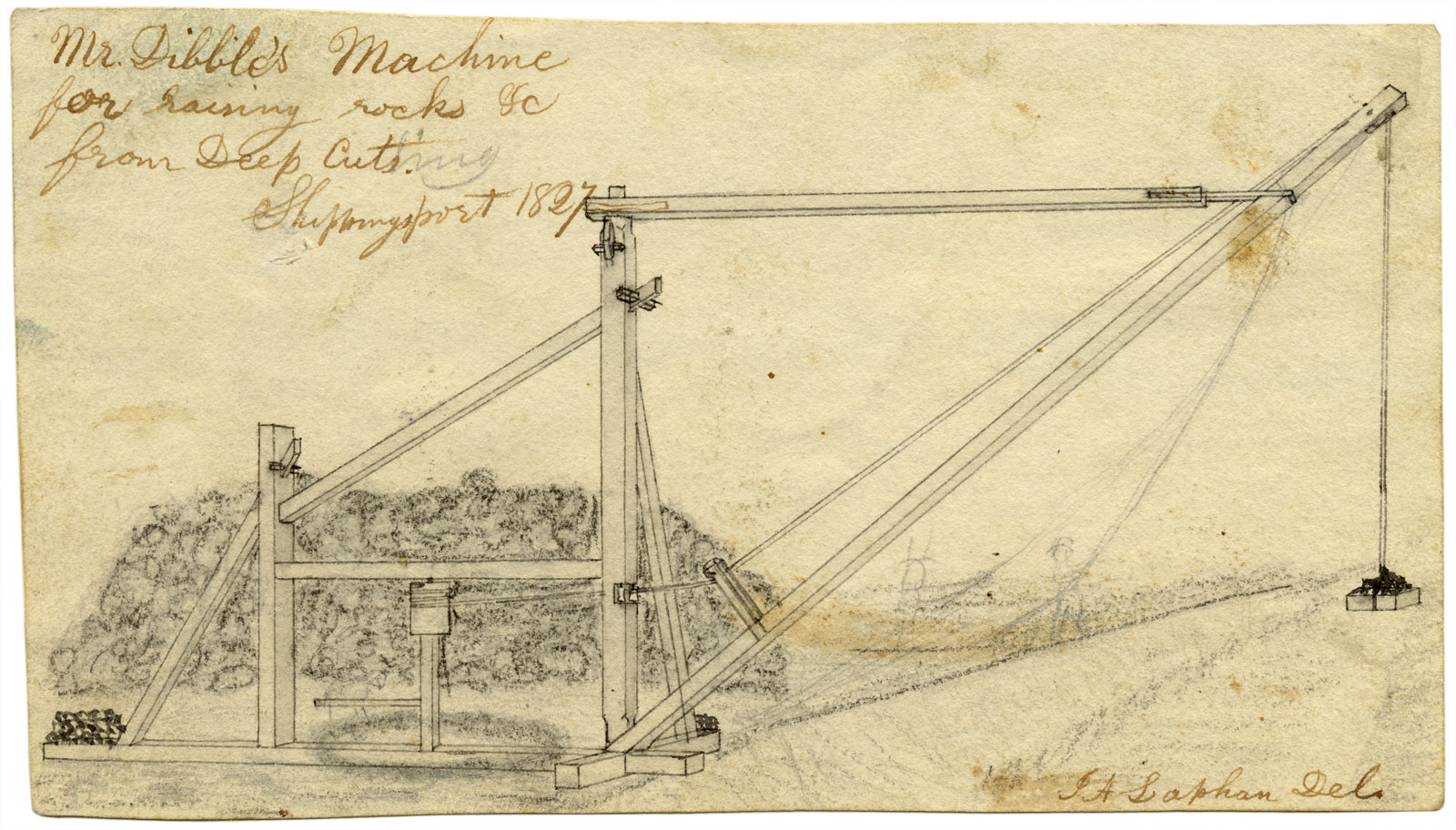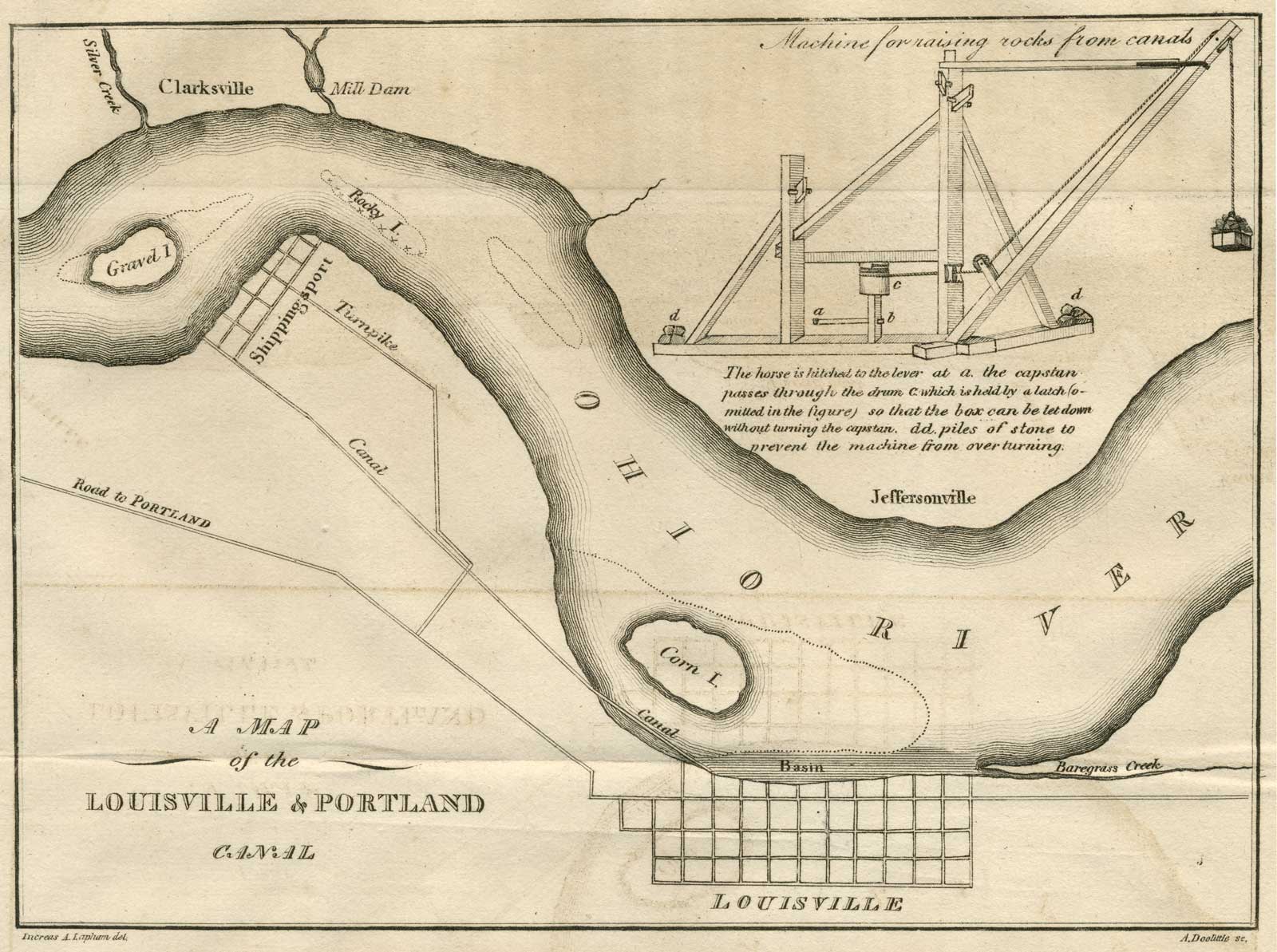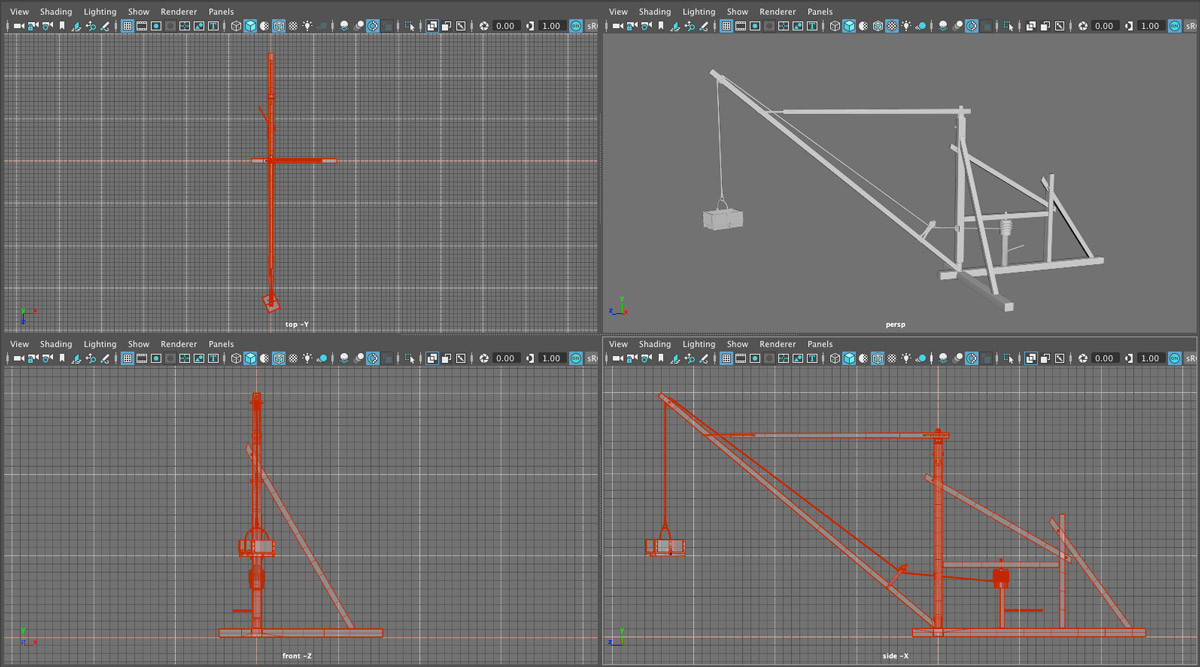
In 1820 a new kind of watercraft appeared on completed sections of the Erie Canal.
Named after the packet ships that sailed the North Atlantic between Europe and the eastern seaboard, the new Erie Canal passenger boats were towed by two or three horses at a brisk clip of 4 to 6 miles per hour. Even before the canal was finished, packet lines springing up along completed sections boasted of making the trip between Schenectady and Utica in 24 hours, and from Utica to Rochester in two days. A far cry, indeed, from the days or weeks previously required when traveling by stage over wretched roads.
Travelers had never experienced anything quite like it: The quiet, smooth experience of floating across the landscape was completely new.

In Erie Water West, Ronald E. Shaw quotes a Rochester pioneer about to take his first journey by packet: “Commending my soul to God, and asking his defense from danger, I stepped on board the canal boat, and was soon flying towards Utica.”
During its heyday, packet travel became commonplace and the Erie Canal a thoroughfare not only for local inhabitants but also for thousands of immigrants making their way to Buffalo and on to the upper Midwest. But the packet era did not last long. By the 1850s, once the railroads began to carry most long-distance passenger traffic, it was over.
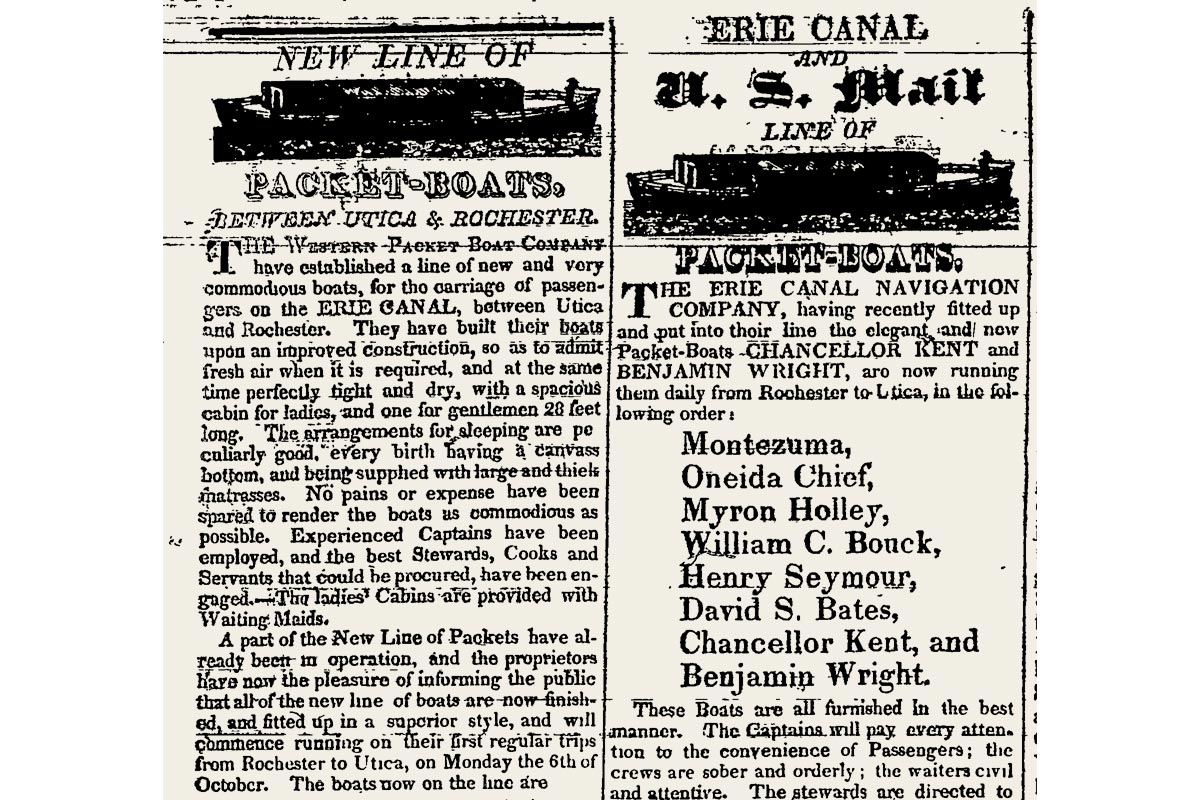
Near the end, a humorous magazine sketch by Harriet Beecher Stowe noted just how prosaic packet travel had become:
“. . . in a canal boat there is no power, no mystery, no danger; one cannot blow up, one cannot be drowned, unless by some special effort: one sees clearly all there is in the case – a horse, a rope, and a muddy strip of water – and that is all.”
Even so, two hundred years later romantic images of packet boats linger in our collective memory and often come to mind when the Erie Canal is mentioned.
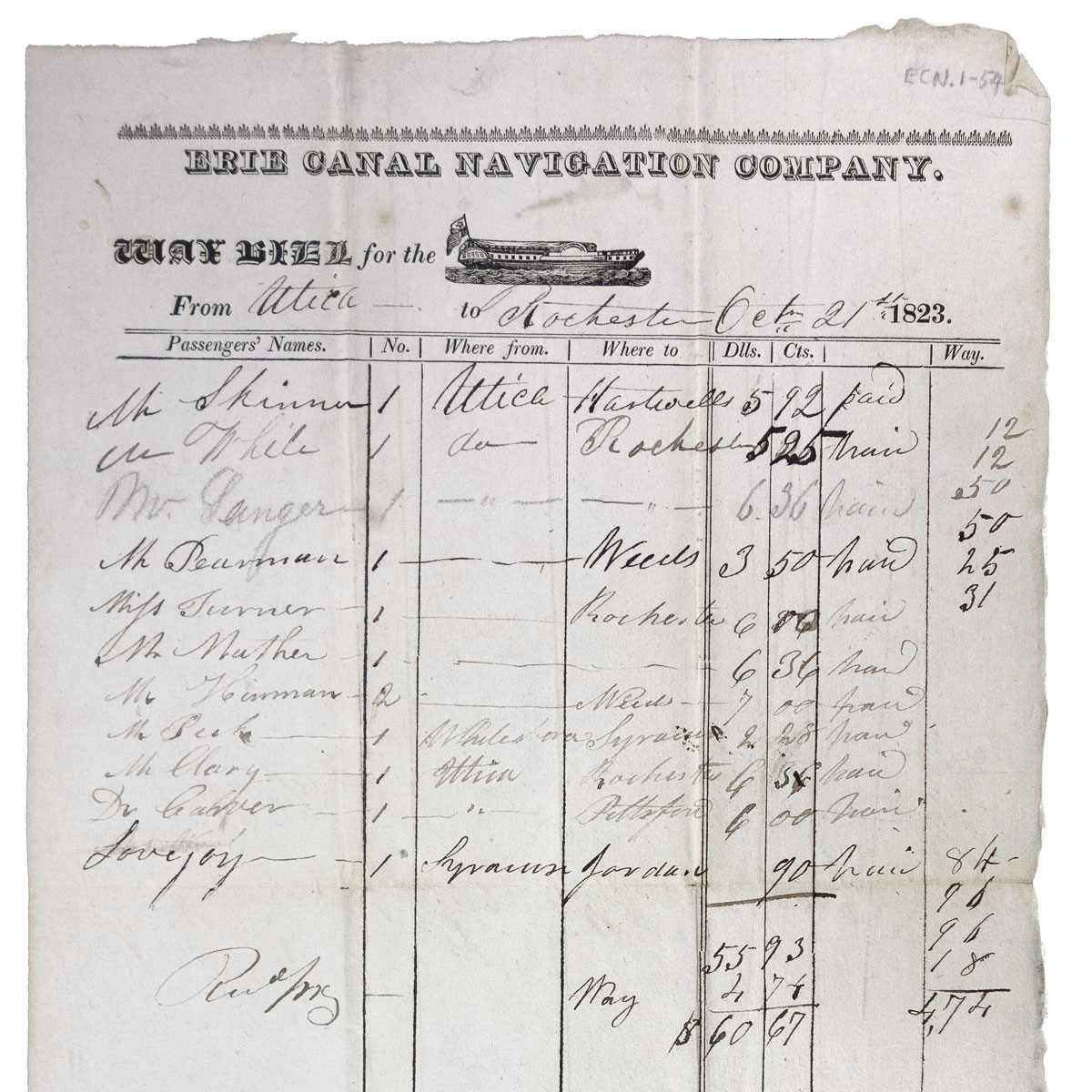
Building our packet
There are no photographs of early packet boats, of course, nor anything resembling construction plans. We do have many woodcuts and engravings of varying quality and detail, as well as first-person accounts by packet passengers. Most accounts dwell on the experience of packet boat travel and the variety of the passing landscape. But they don’t say much about the packets themselves, perhaps because the boats were so ubiquitous that the writers felt no need to describe them. An exception is a detailed account written by “A Traveller” and published in The Freeman’s Journal of Cooperstown in August 1821:
“There are two packet-boats, the Montezuma and Oneida Chief, owned by the Erie Canal Navigation Company (incorporated). These boats are 77 feet in length and 13 in width; are each navigated by 7 hands, viz. a captain, 2 helmsmen, 1 bowsman, a steward, a cabin-boy, and cook . . . The forward cabin is used for lodging, and is handsomely finished off with 12 births [sic], each having a good bed or mattress, and every suitable accommodation. Next, and in the centre, is a dining cabin, 18 feet by 13, where 25 passengers can conveniently be seated at table; and on the sides of this cabin are settees; to that, with these and mattresses, good lodgings for up to 30 passengers can be had. More than this number cannot be well accommodated in their boats. Next to this cabin is a gangway and bar, which are rented to the steward at $250 for the season; at which bar, passengers are furnished with as good refreshments as can be had on board our steam boats, and at as cheap a rate. Next, and back of this, is a kitchen, with all the cooking apparatus, and lodgings for the crew.”
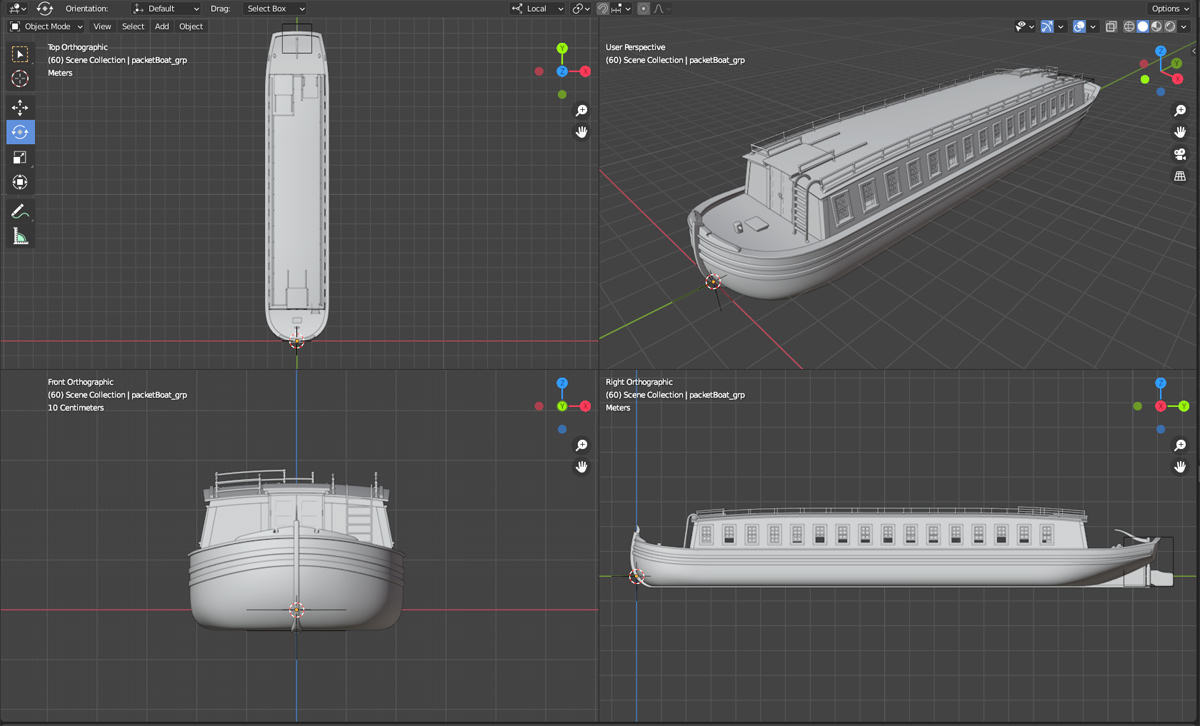
Our traveler doesn’t mention the driver, who would have ridden the last horse in the two- or three-horse tandem team that provided the motive power for the packet. Perhaps he wasn’t counted as a member of the crew, as drivers and teams were switched every few miles along the route.
My packet boat model will represent the Stephen van Rensselaer, which was operated by the Utica & Schenectady Packet Boat Company on a daily schedule between the two cities. (In Utica, passengers could catch an Erie Canal Navigation Company packet headed for Rochester.) For the dimensions and design I’m relying on packet boat plans drawn by Robert E. Hager, an amateur historian and extraordinary draftsman whose drawings are preserved at the Chittenango Landing Canal Boat Museum. Our packet is 70 feet in length and 14 wide.
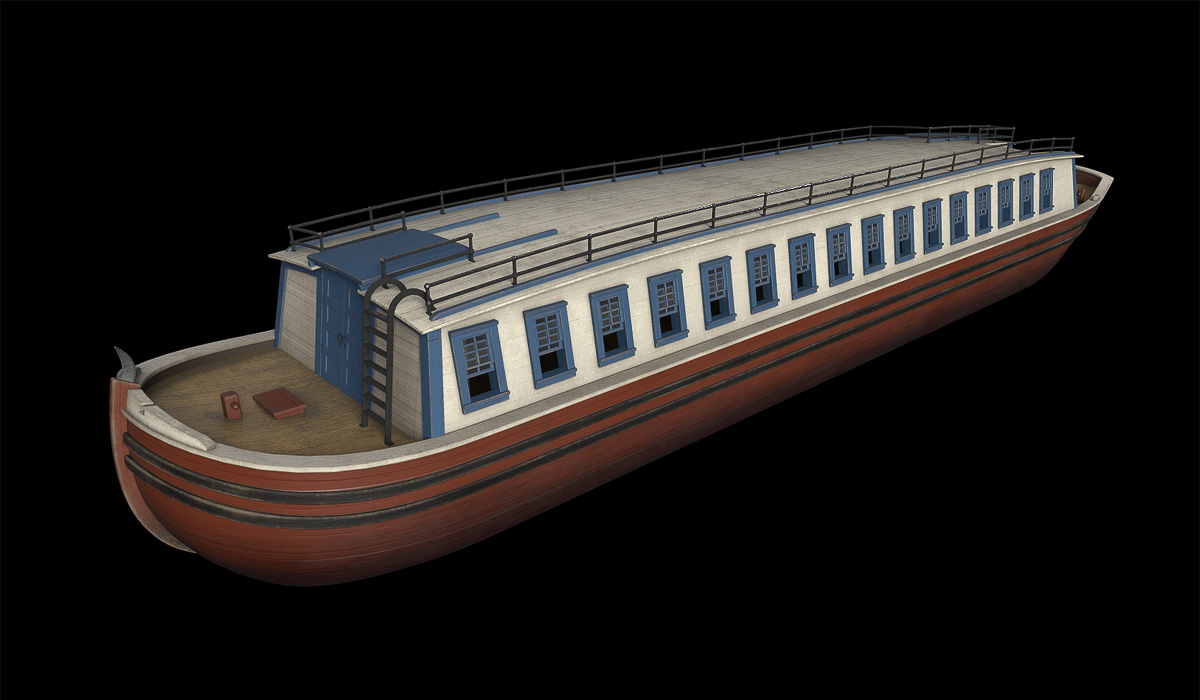
Contemporary sources often describe packet boats as brightly painted without being very specific. Woodcuts and engravings are no help, naturally, but John William Hill’s watercolor View of the Erie Canal gives us some subtle hints, as do some everyday early 19th-century artifacts. Many early packets were given patriotic names (or like ours, named after one of the canal commissioners), so I’ve chosen a combination of red, white, and blue for the Stephen van Rensselaer.
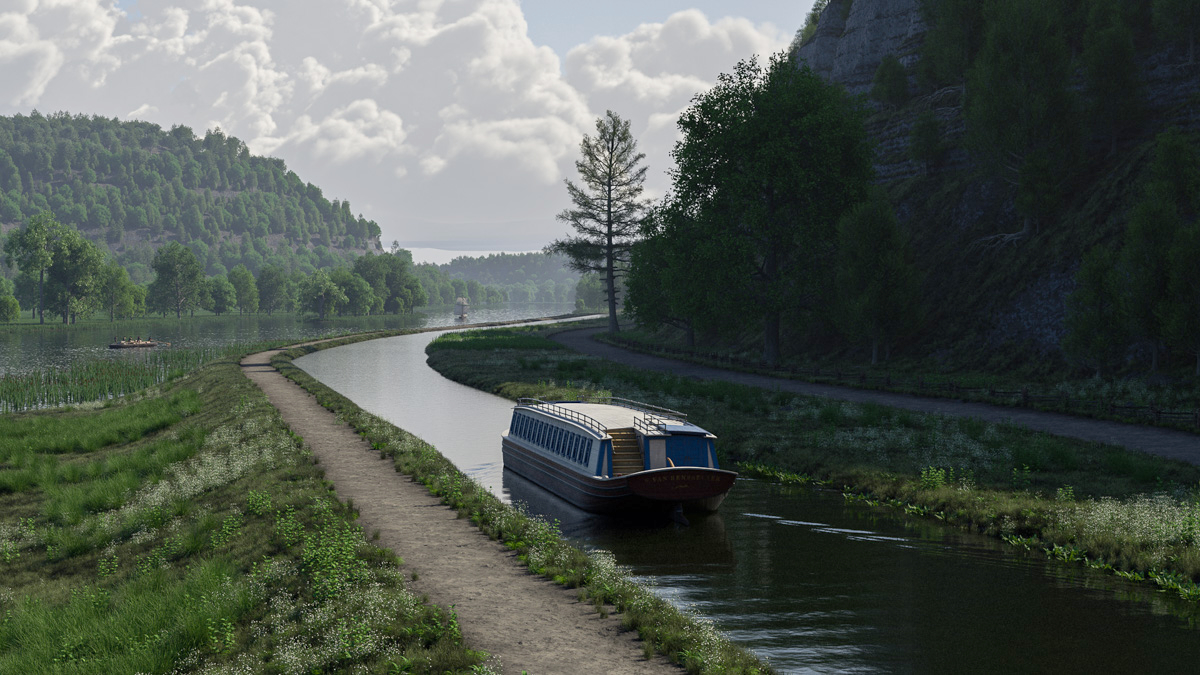
As a test the new model is placed in the scene and rendered, along with two versions of the Durham boat model on the distant Mohawk River. Still much work to do here: passengers, a steersman, the team of horses and driver, and other details need to be added. But the picture is starting to come together.
